Adam Smith Awards 2011 winners
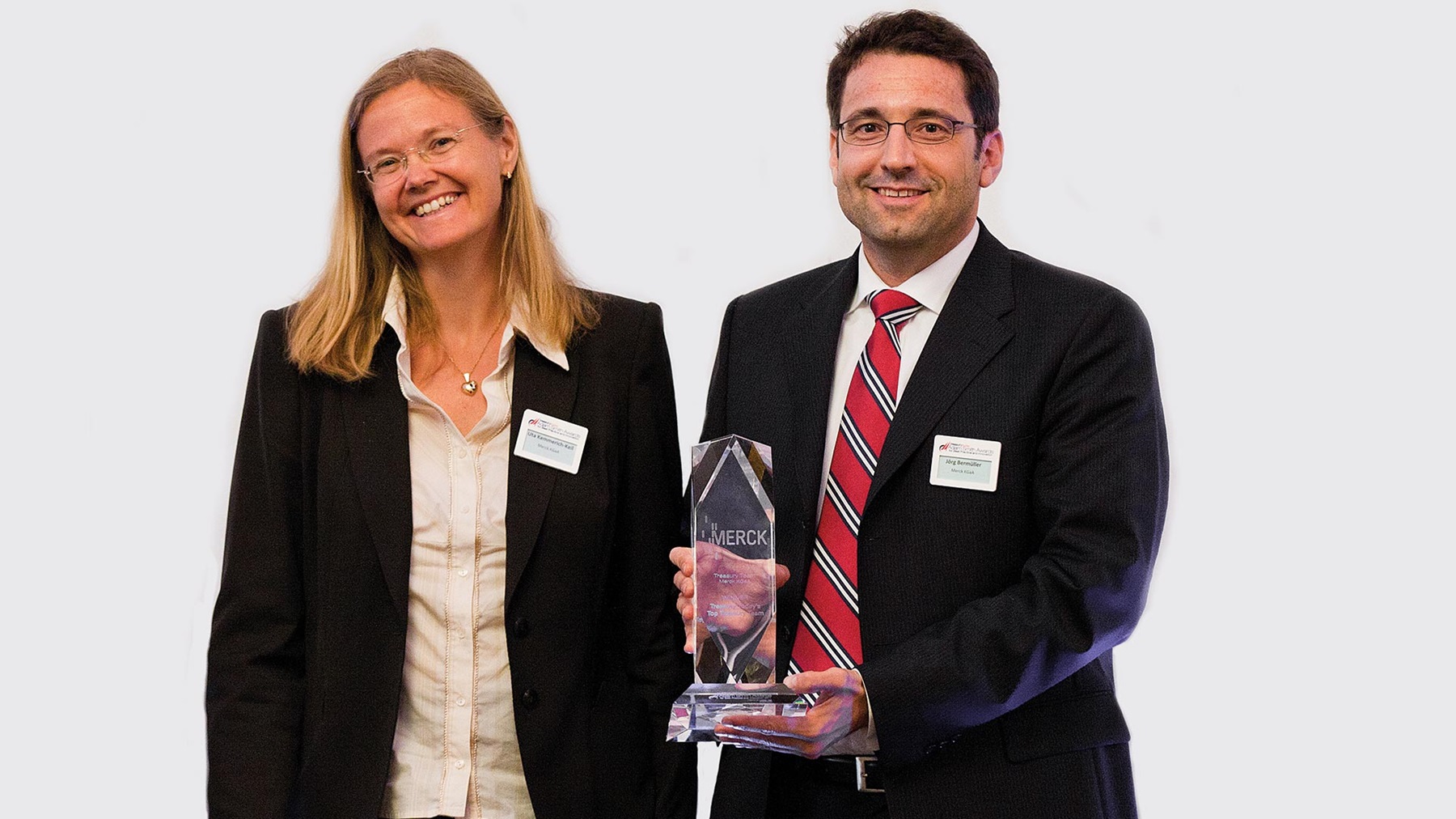

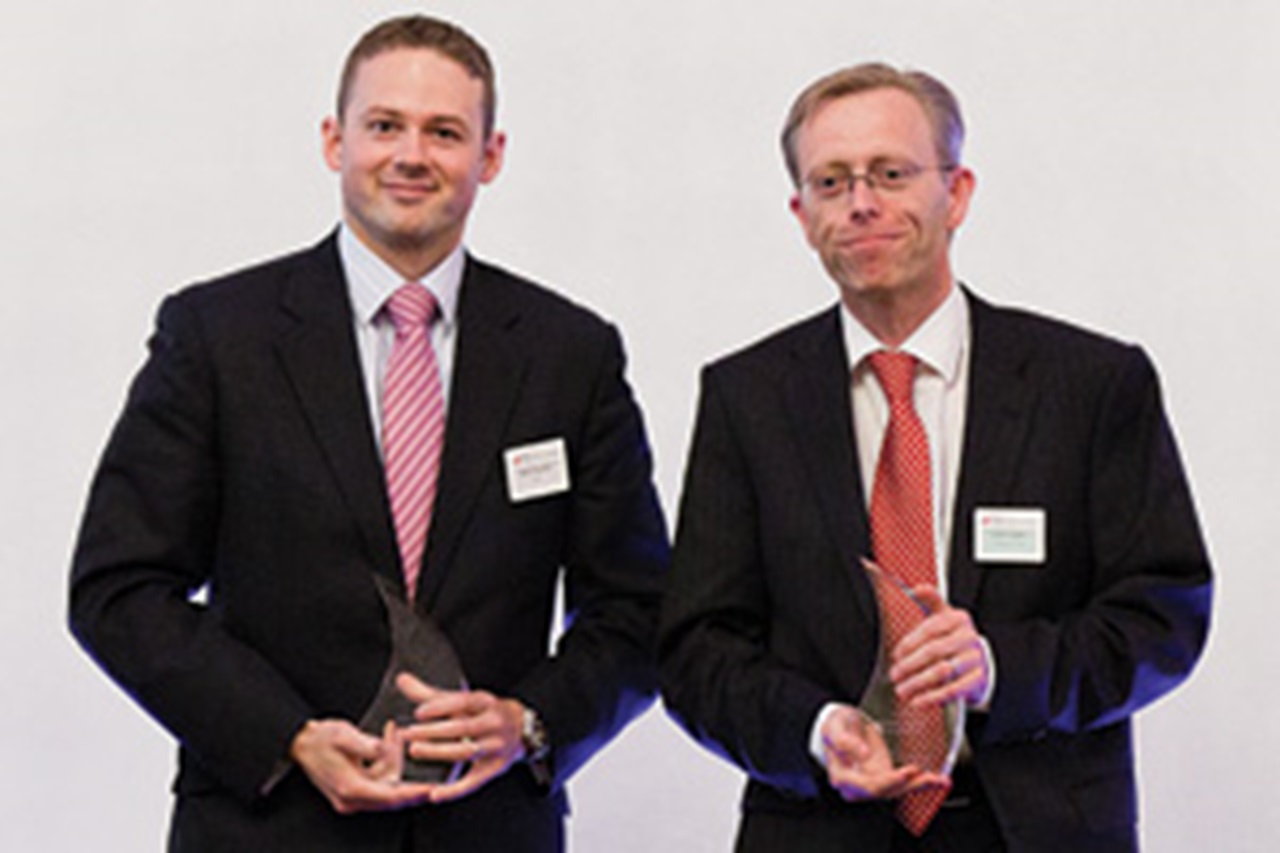

Omnicom worked with Citi and several other partners to create GCCS (Global Cash Control System) – an integrated cash and bank account management system whose benefits thus far have exceeded the company’s expectations.
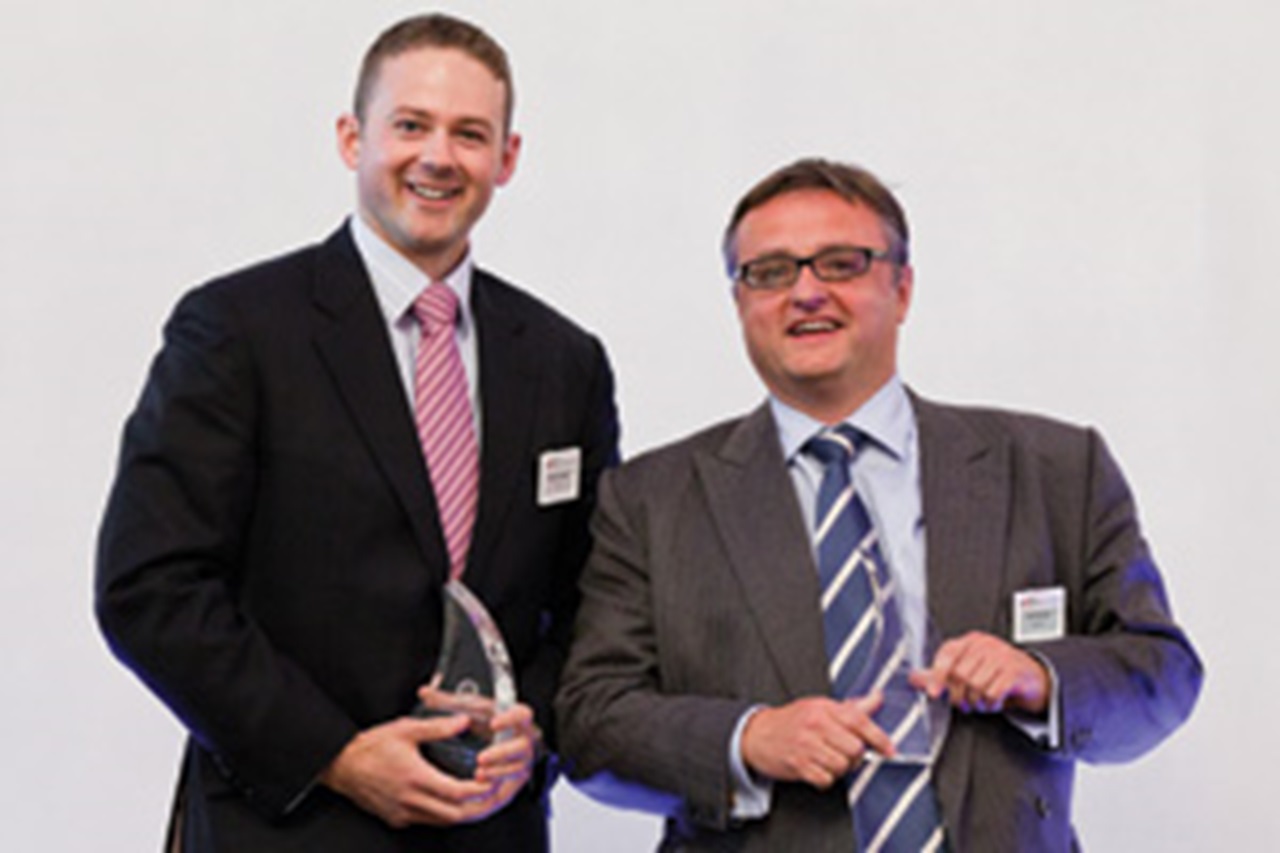

Vodafone wanted to support its valued suppliers through a Supply Chain Finance programme that would enable them to access funds far earlier than was the case at present. This would improve the working capital of Vodafone’s suppliers – making its supply chain more robust – while leaving traditional funding sources untouched.
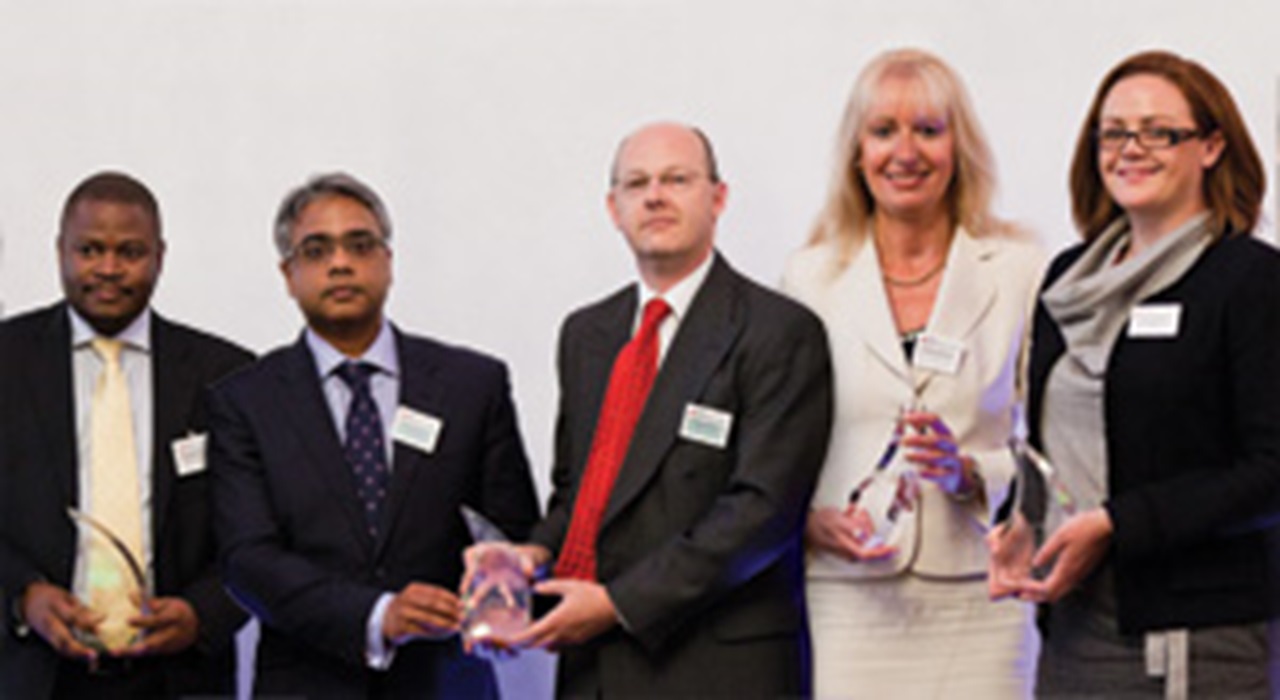

This accounts payables solution is based on the three principles of standardisation, automation and straight through processing. All payment processing for 78 countries, from 237 disbursement bank accounts is enabled within a single instance of SAP. Just three core disbursement banks – Citibank in EMEA & Latin America, J.P. Morgan in the USA, and Standard Chartered in Asia Pacific, provide Thomson Reuters with improved efficiency, reduced costs and deeper relationships with its chosen banks.
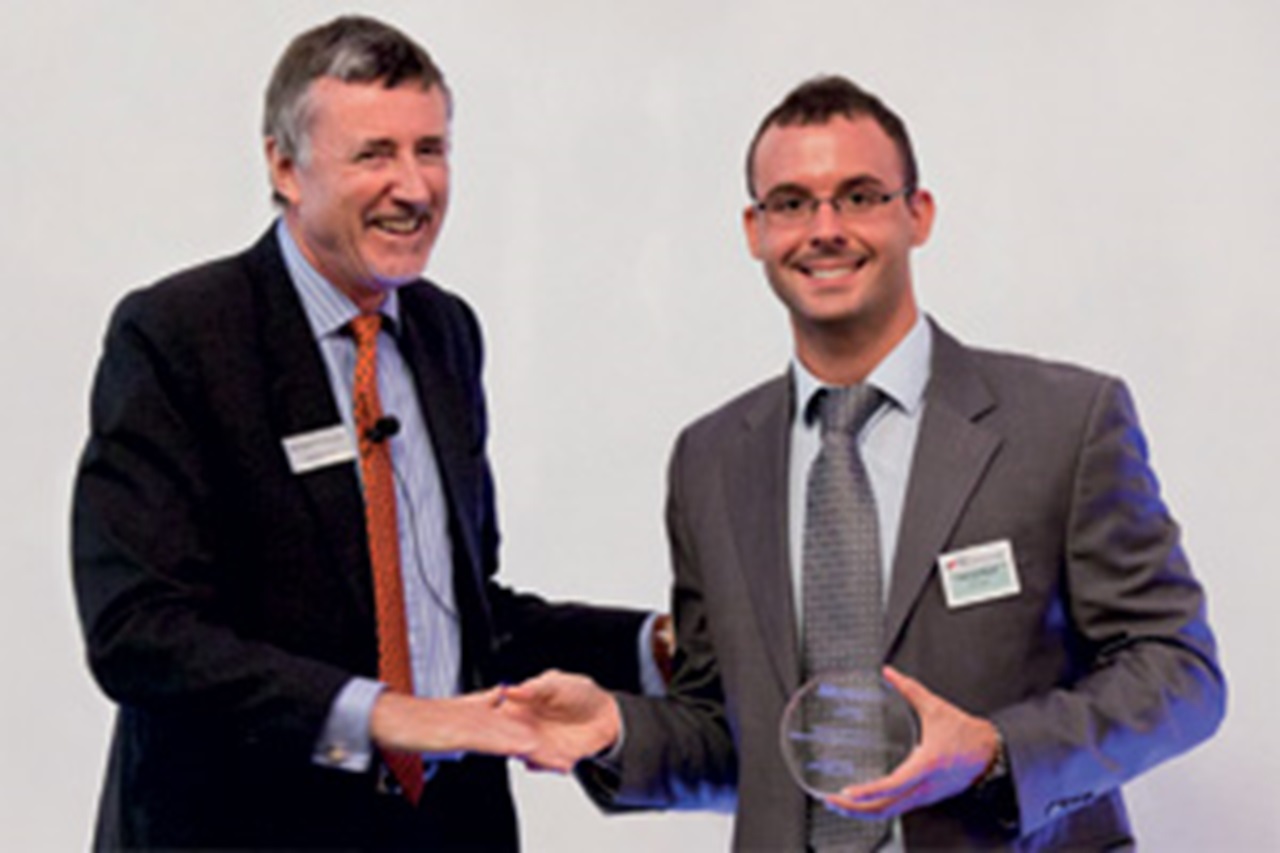

Microsoft Treasury opted to implement third-party collateral management through outsourcing to Northern Trust, their custody bank. Northern Trust offered a suite of products that provided Microsoft an integrated end-to-end collateral management solution including a concise implementation timeframe, effective cost structure, and dedicated support team. The whole process of outsourcing from sign-off to complete implementation took approximately two months and the experience was highly collaborative.
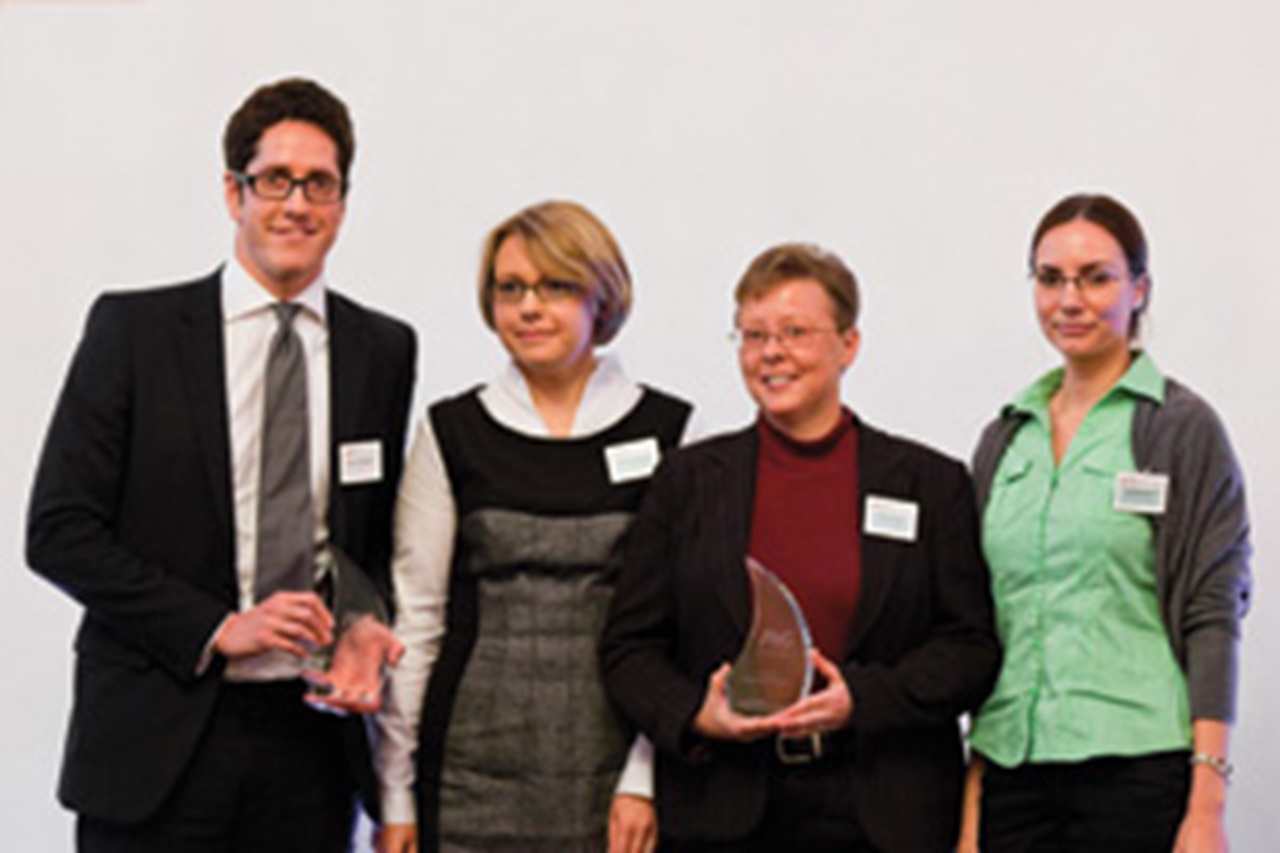

This entry showcases the Citi ProCard purchasing card solution and, now, instead of paying multiple suppliers via general POs, P&G can make a single payment to Citi once a month per region; in effect centralising payments to all suppliers across each region.
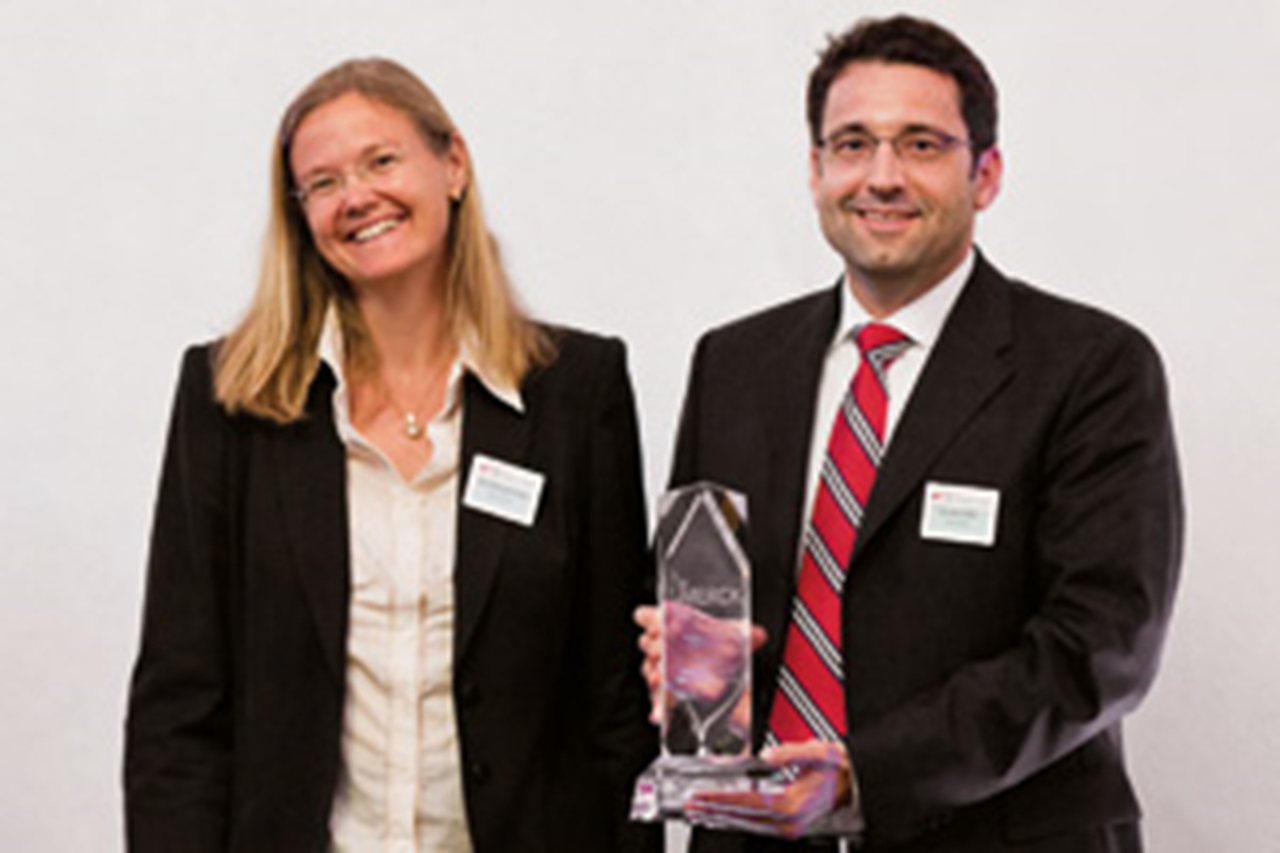

This year’s coveted Top Treasury Team award goes to the Treasury Team at Merck, under Uta Kemmerich-Keil, Executive Vice President, Corporate Finance and Jörg Bermüller, Head of Cash and Risk Management for the successful delivery of a number of key projects which effectively represent their collective achievements across no fewer than seven individual Award categories.

The culture at Honeywell is demonstrated perfectly in this entry by the following question: ‘What can I do to help you become successful?’ The mutual benefits are impressive; it provides a systematic approach to problem solving in a learning organisation focused on the objective data and root cause and effects analysis leading to standardised process solutions.
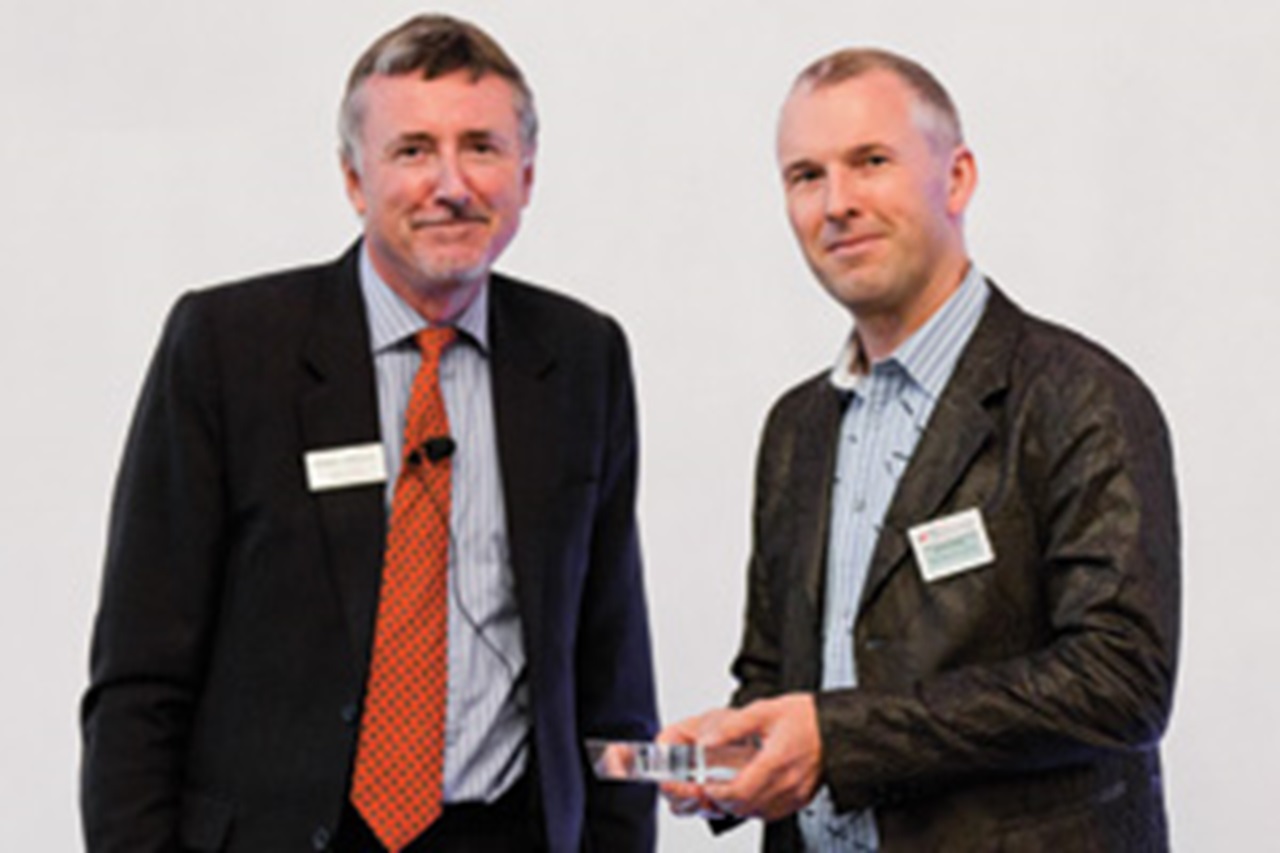

This is a really interesting transaction, swapping debt for debt in the convertible market, without a bank to intermediate with investors; by cutting out the middle-man, the company found out exactly what investors wanted. Two banks they talked to had told them this deal was impossible before they launched.
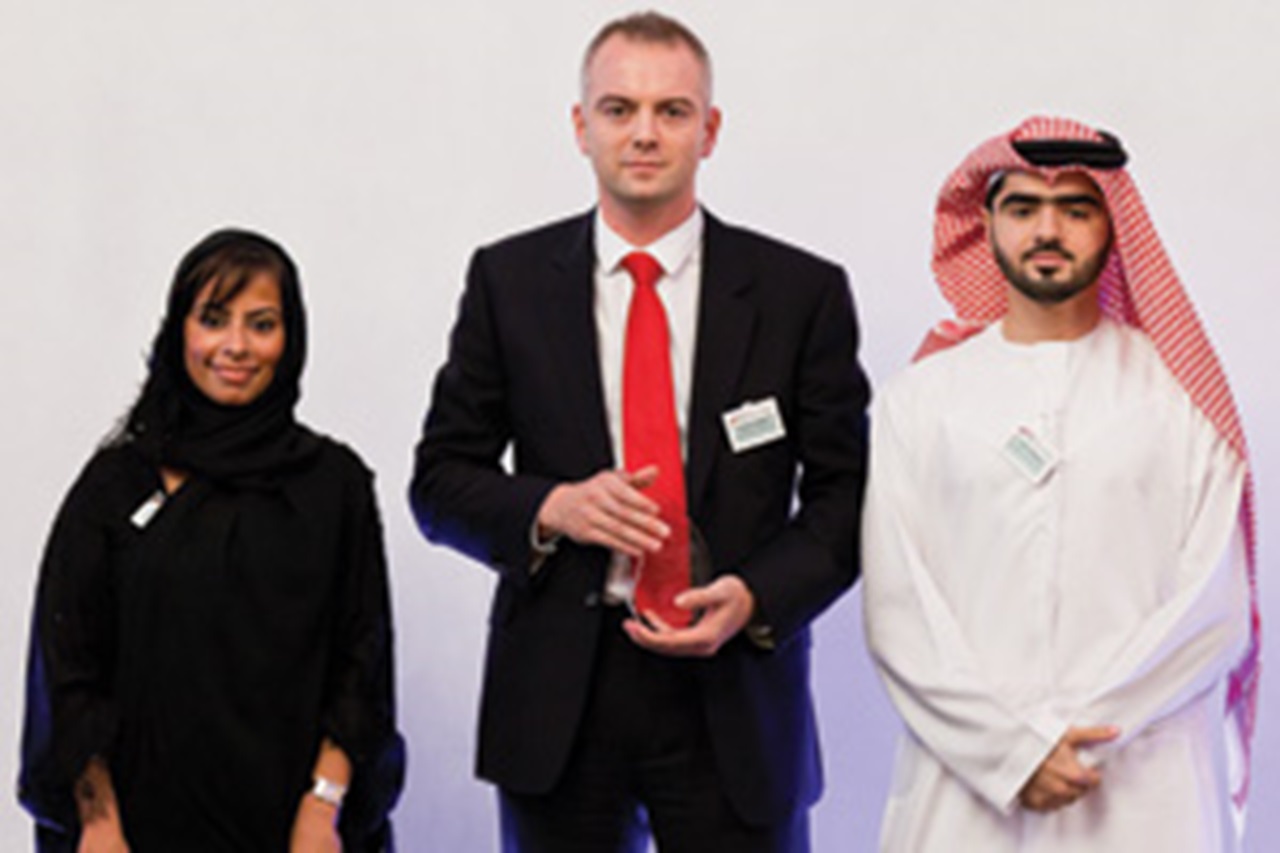

Mubadala has over $33 billion of assets, investments in 19 countries and 110 investee companies. Such growth has meant the company has been faced with a number of challenges – not least the lack of a comprehensive risk management strategy to support the group’s increasing breadth and depth. An entire infrastructure has been developed in less than 18 months and the financial risk team has grown from three to eight people in order to deliver on an ever-increasing and complicated mandate.
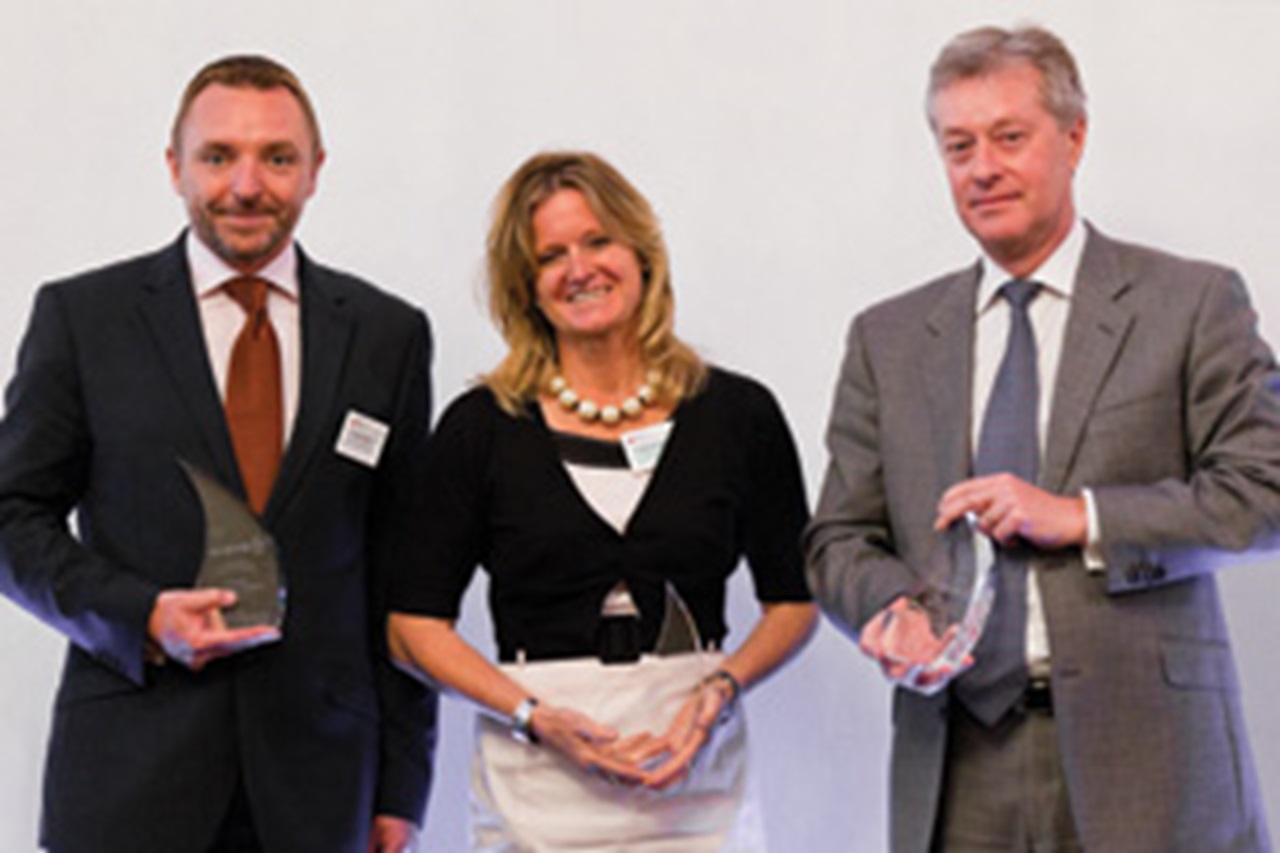

The treasury department at Misys, which comprises just four people, has capitalised on its recent success into the world of M&A and now finds itself occupying a central position within the company. Geographical reach (120 countries and 23 currencies), the complex web of internal recharge of intellectual property rights, and the complexity of the corporate structure made the foreign exchange exposures a particular challenge. These have been overcome and the company is now much less exposed and much more aware of FX risk.
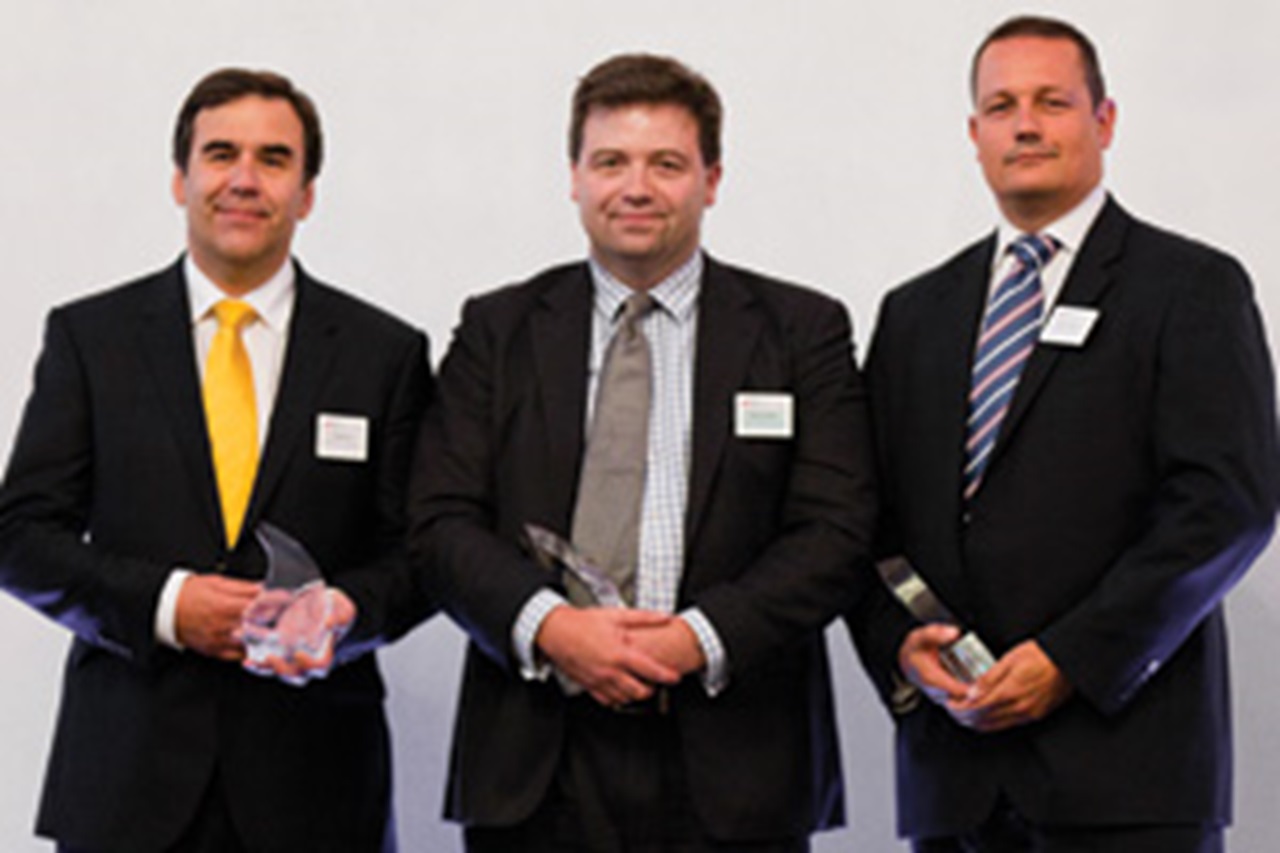

Virgin Atlantic decided to change the way it processed its accounts receivables (AR) and payables (AP) when it realised its old payments system was nearing the end of its shelf life. The solution, which is the fruit of the collaboration between Lloyds Banking Group and BELLIN GmbH, provides real time payment status messages on an individual transaction basis, from when the bureau receives the file through to the delivery of files to the BACS system. Virgin can track the status of a file in BELLIN’s tm5 and also receive custom reports as well as the standard BACS reports if required.

Honeywell partnered with Citibank and, in just two months, implemented a new technology, IntraLinks, to manage the trade document submission, processing and payment in India. In doing so, the process of exchanging the physical documents, as required by The Reserve Bank of India (RBI), was converted from a manual process to an electronic mode.

Deploying Six Sigma project methodology, Honeywell’s Treasury established a strategic roadmap to enable the following five key treasury objectives to be achieved: 1) to build a stable and effective treasury organisation that focuses on people, processes, controls and technology, 2) to establish an efficient banking structure for Honeywell China with chosen partner banks, 3) to improve operational efficiencies within Honeywell Treasury and the businesses, 4) to release the trapped cash from China in a tax efficient manner, and 5) to monitor and respond to the constantly changing regulatory landscape.
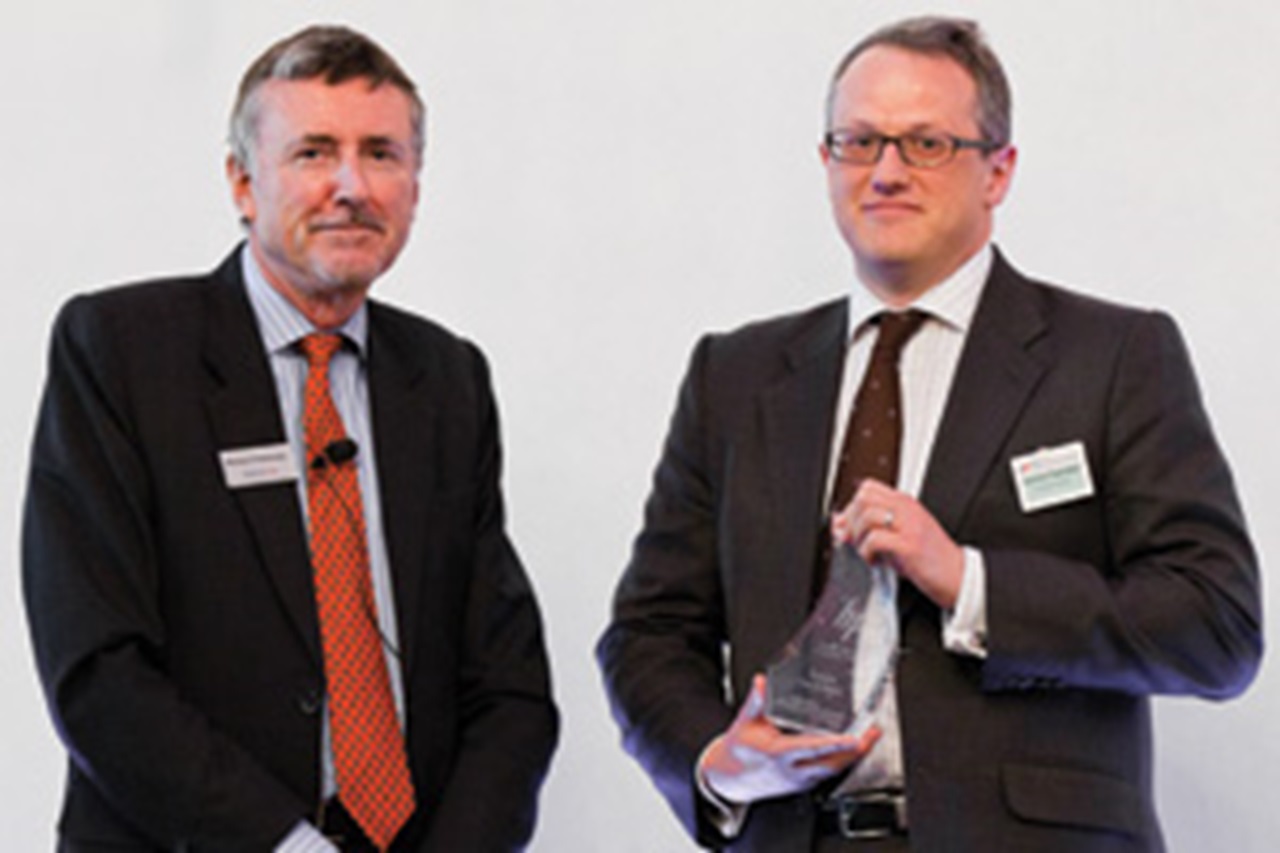

HP manages an on-going share repurchase programme to offset the dilution created by shares issued under employee stock compensation plans. It also seeks to repurchase shares opportunistically when favourable market conditions exist. The company generally sets its share repurchase targets on a quarterly basis which are dependent upon shares expected to be issued, and management’s view of the intrinsic value of the stock relative to market valuations. The primary challenge of the share repurchase programme is to repurchase the desired number of shares for the lowest price, or obtain the maximum amount of shares for the amount to be invested in share repurchases.
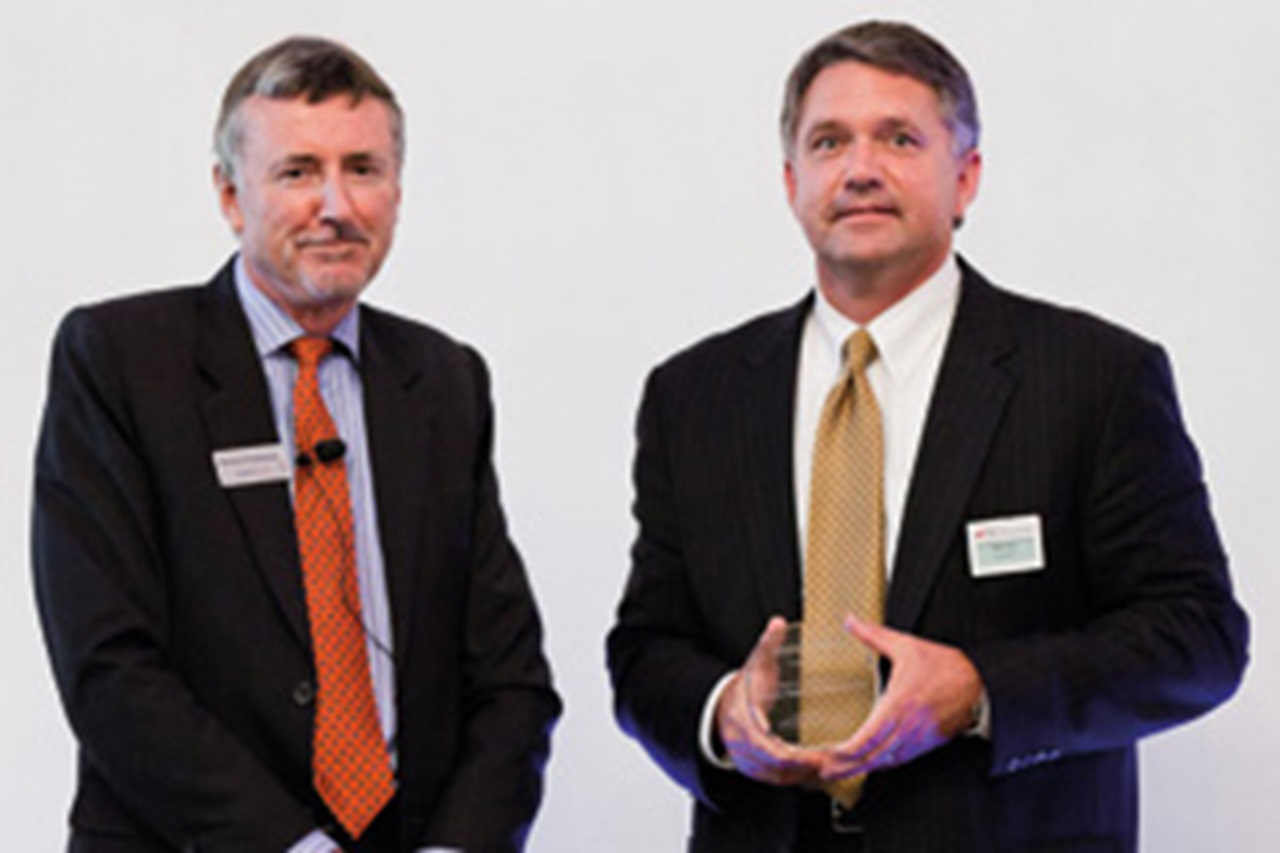
The culture at Honeywell is demonstrated perfectly in this entry by the following question: ‘What can I do to help you become successful?’ The mutual benefits are impressive; it provides a systematic approach to problem solving in a learning organisation focused on the objective data and root cause and effects analysis leading to standardised process solutions.
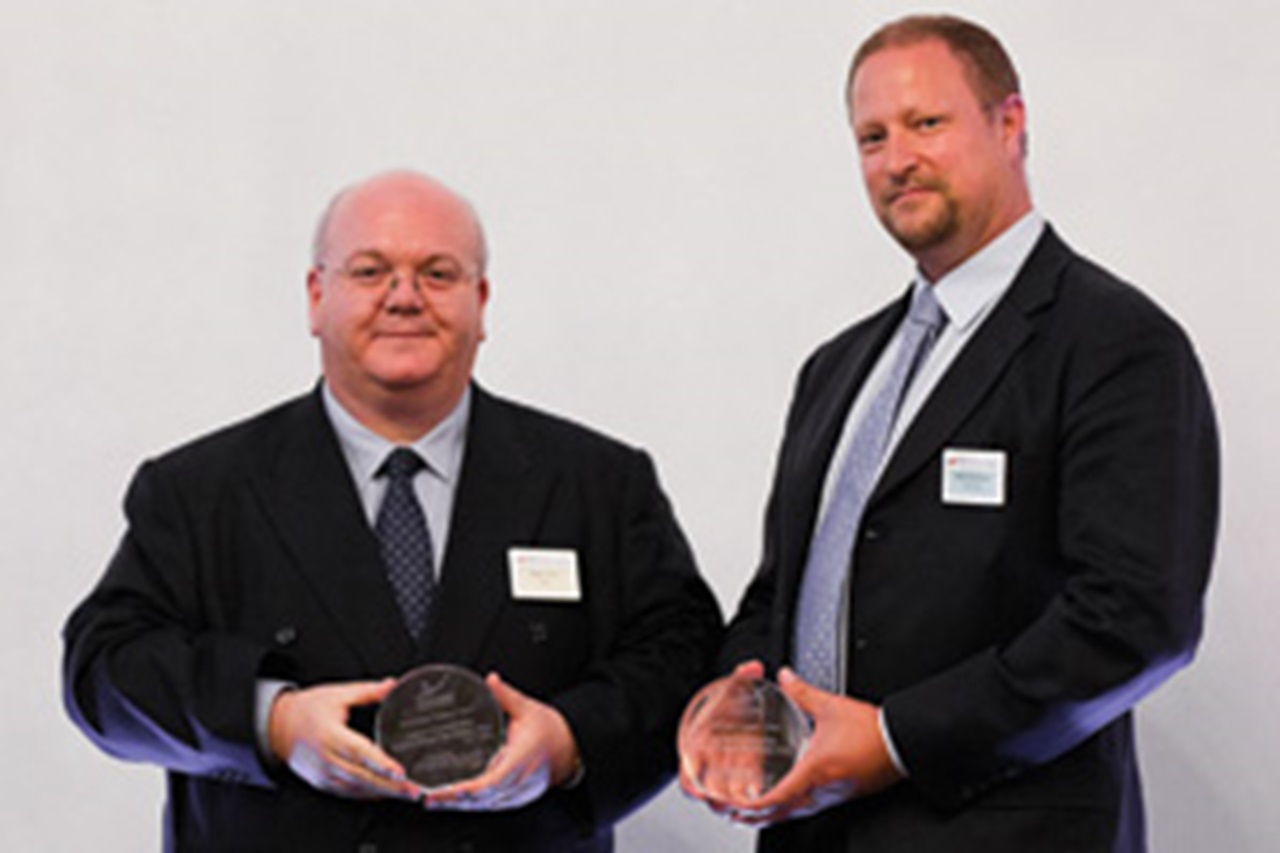

In 2010, the treasury department at AkzoNobel decided it was time for a change. The company devised a transformation programme that sought to introduce a much needed sense of professionalism and contemporary processes into the function. The transformation rested on five building blocks: organisation, IT systems, transaction banking infrastructure, treasury policy and the company’s capital structure.
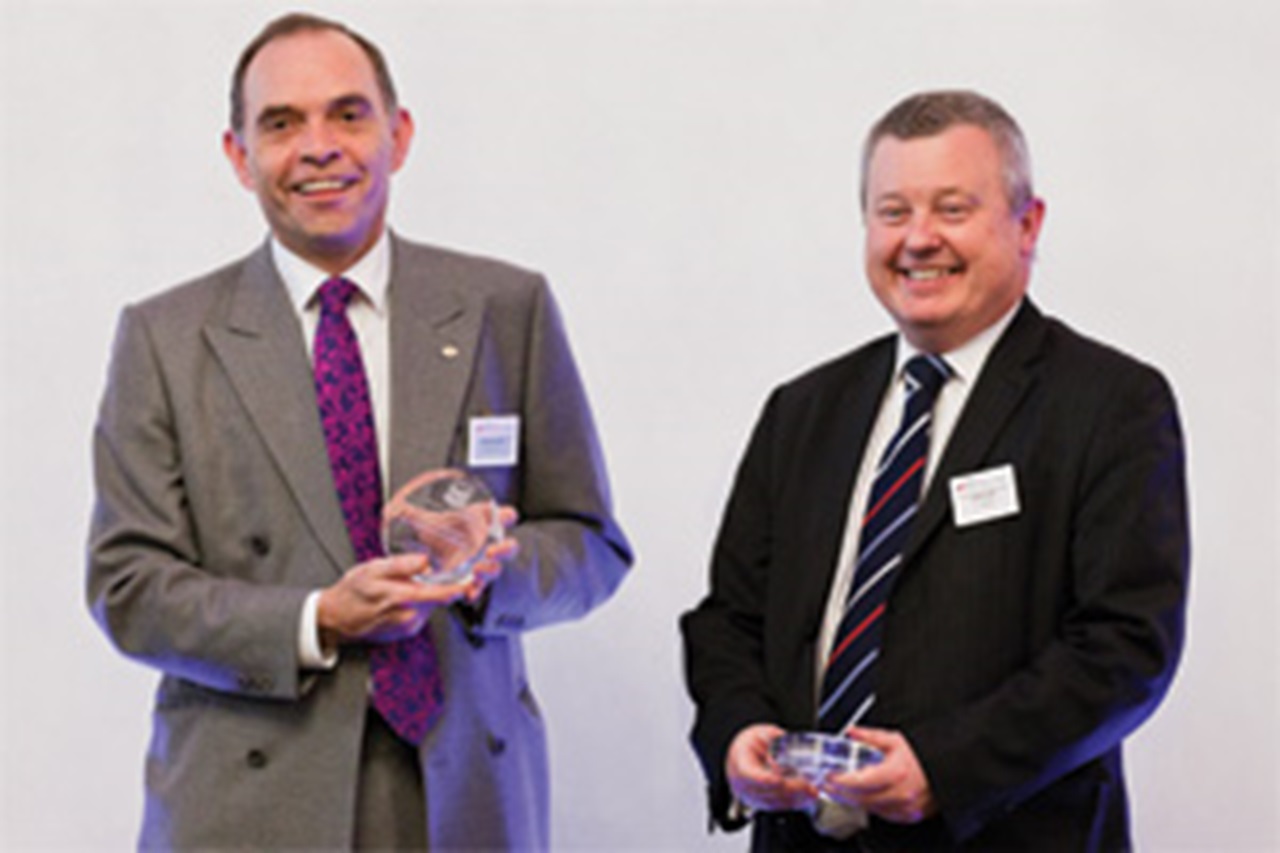

This solution highlights the benefits of a single bank approach with J.P. Morgan which not only utilises the latest banking technology and related protocols, but also exploits the benefits of SEPA to enable the centralisation of Chevron’s European treasury operations in London.
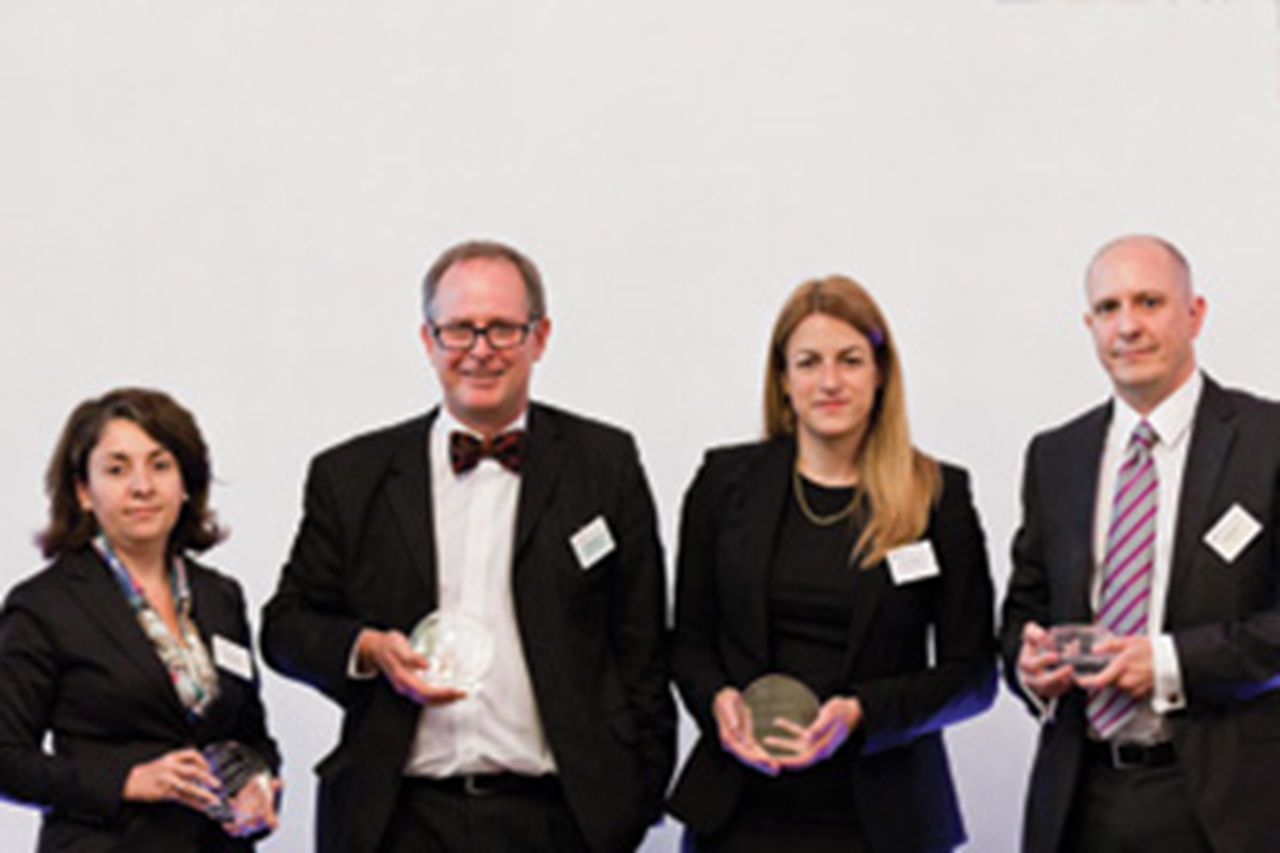

This is a classic example of how the public sector and private sector can realise collaborative and competitive banking solutions globally for low cost transactional processing across the globe. The solution involves several major banks with bricks and mortar plus virtual host-to-host banking capability to deliver a global ERP integrated solution across 110 countries to enable a single shared service centre.
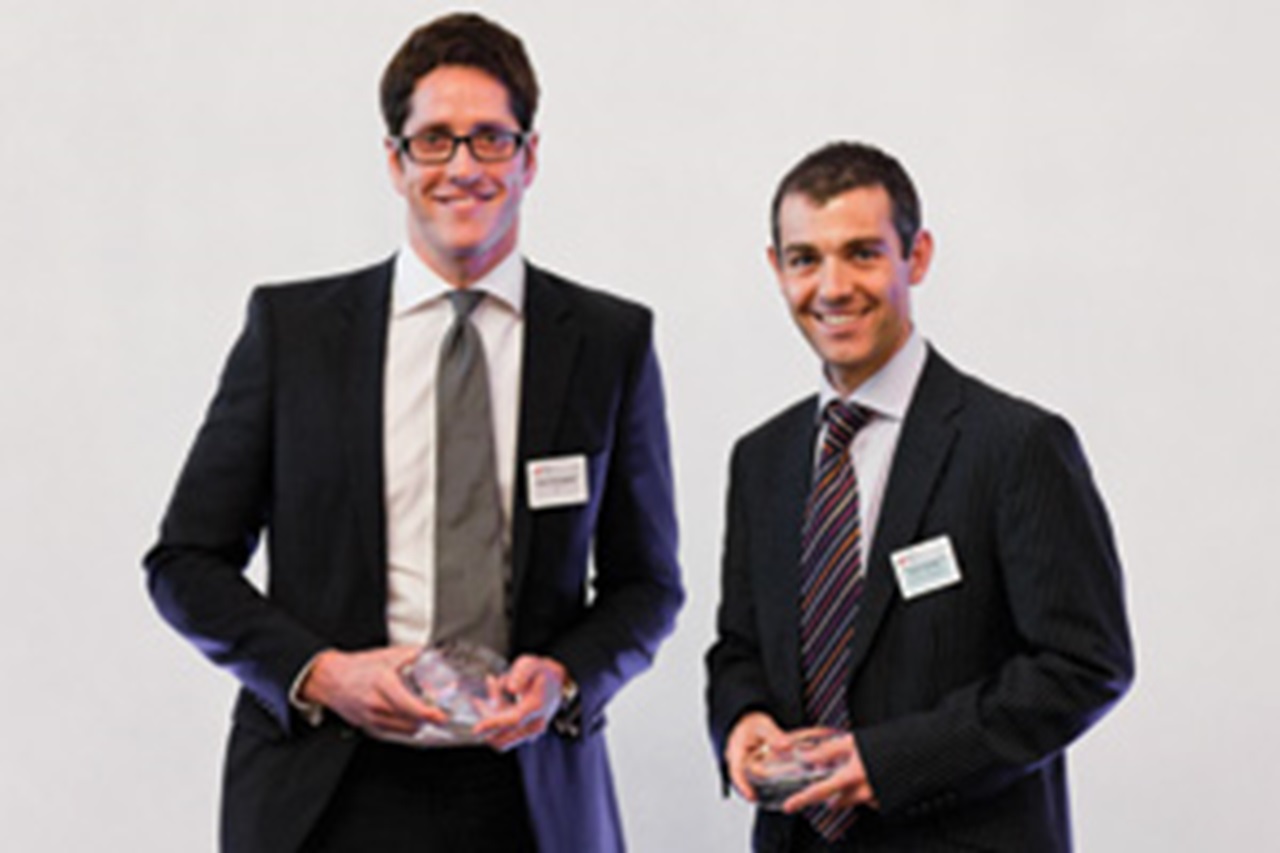

P&G has implemented a multi-currency notional pooling structure that demonstrates best practice, and as a result, the company is looking to extend the concept across its wider bank group through multi-bank target balancing in Western Europe. The company is also seeking to apply the structure to other regions including Central Eastern Europe, Middle East & Africa and Asia.


This liquidity solution has created a single pool of liquidity within each of the three banks across Emirates’ 60 finance centres, and increased its interest income as a result of pooling. The solution provides yield enhancement to Emirates’ operatins balances in every country based on its aggregate balances with each bank – irrespective of the level of balance in any individual location.
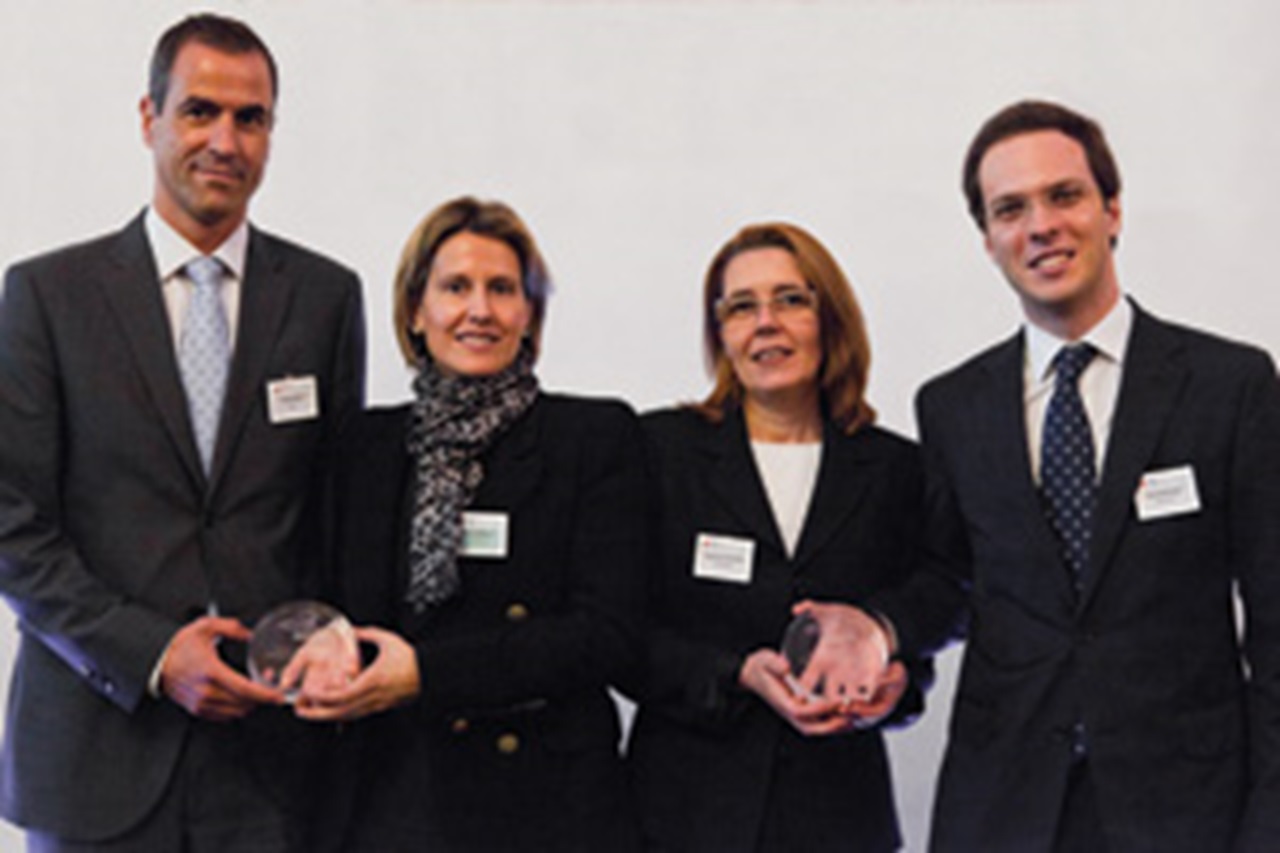

Grupo Antolin chose RBS to help them to maximise their revenue and profit through the most efficient processes possible. The company needed to unlock working capital, and RBS offered solutions designed to manage the complete working capital cycle. BBVA lead the structuring of the Factoring programme.
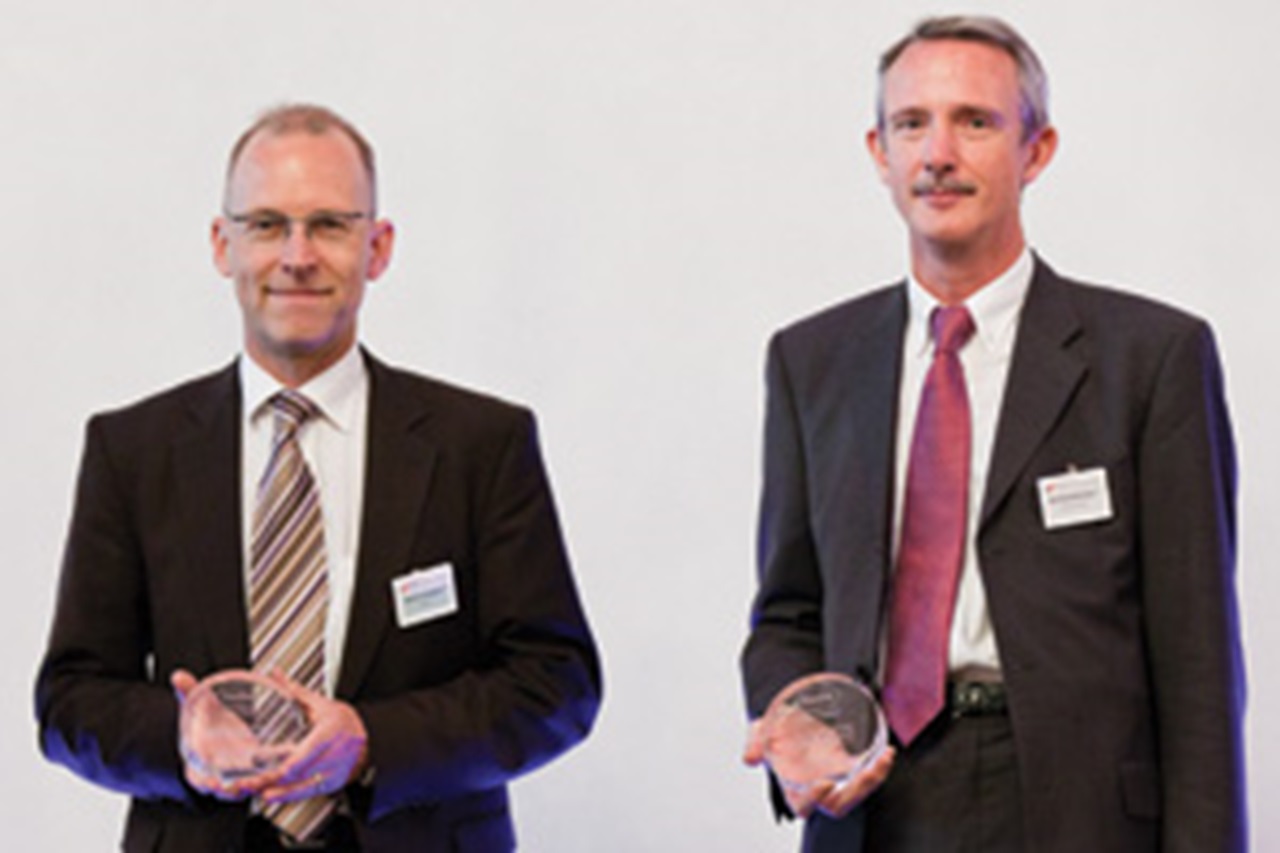

This entry is a standardised, global supplier financing solution, provided by Deutsche Bank, offering a worldwide contract framework. Roche wanted a harmonised IT-interface that allowed them to fully utilise its global SWIFT-based payment factory connectivity and payment process for invoice-related data exchange with its banks. The pilot implementation went live in February 2011 in Spain followed by Portugal in March 2011. Other countries, regions and banks are scheduled to follow during 2011.
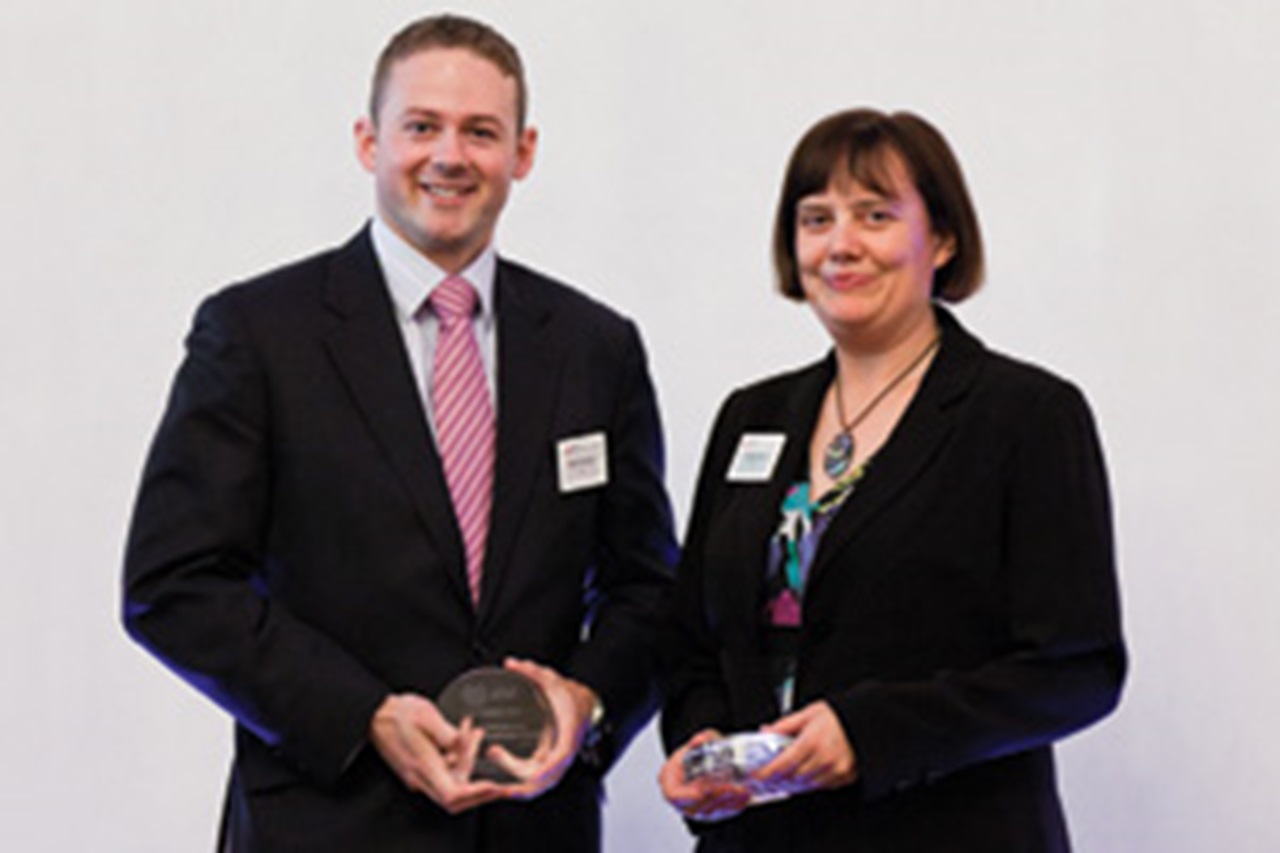

Using Citi’s unique solution, AT&T can now take advantage of a single-IBAN account redirection structure, which until this implementation had only been used by financial institutions. This ground breaking integrated receivables and liquidity management solution delivers dramatic cost efficiency, liquidity optimisation, and improved FX risk management.
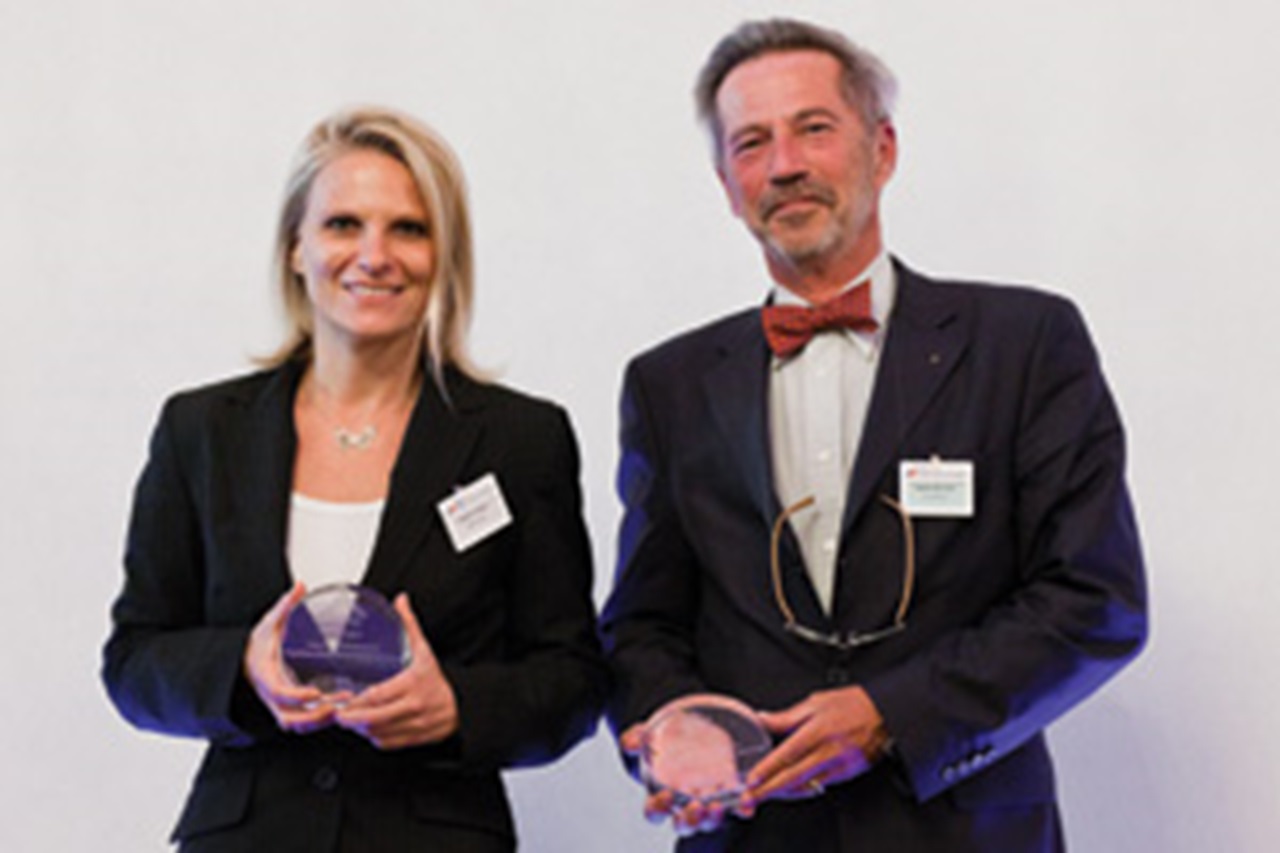

This mobile payment solution, provided by BNP Paribas, simplifies POS payments by offering customers an easy, fast and secure means to make payments using their mobile phones, already a day-to-day companion.
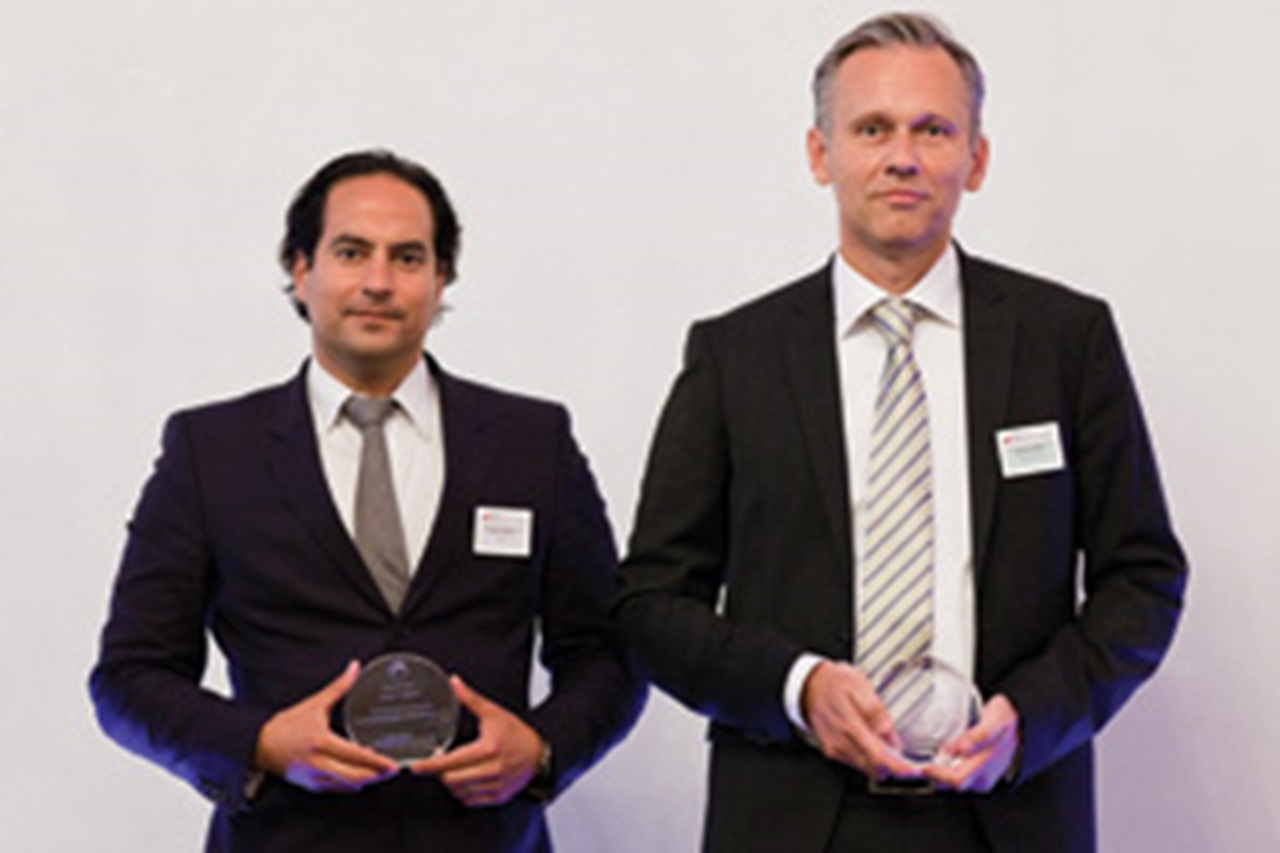

The challenge was how to build an optimal treasury from scratch and decide what they should handle internally, and what to outsource with a clear focus on their core business. They were looking for the optimal solution to integrate trade finance and cash management and to optimise working capital and risk management. Sony Ericsson has built the optimal treasury – merged trade finance with cash management and gained significantly in freeing-up working capital with more efficient processes, integrated risk and liquidity management. Standard processing has been outsourced to SEB.
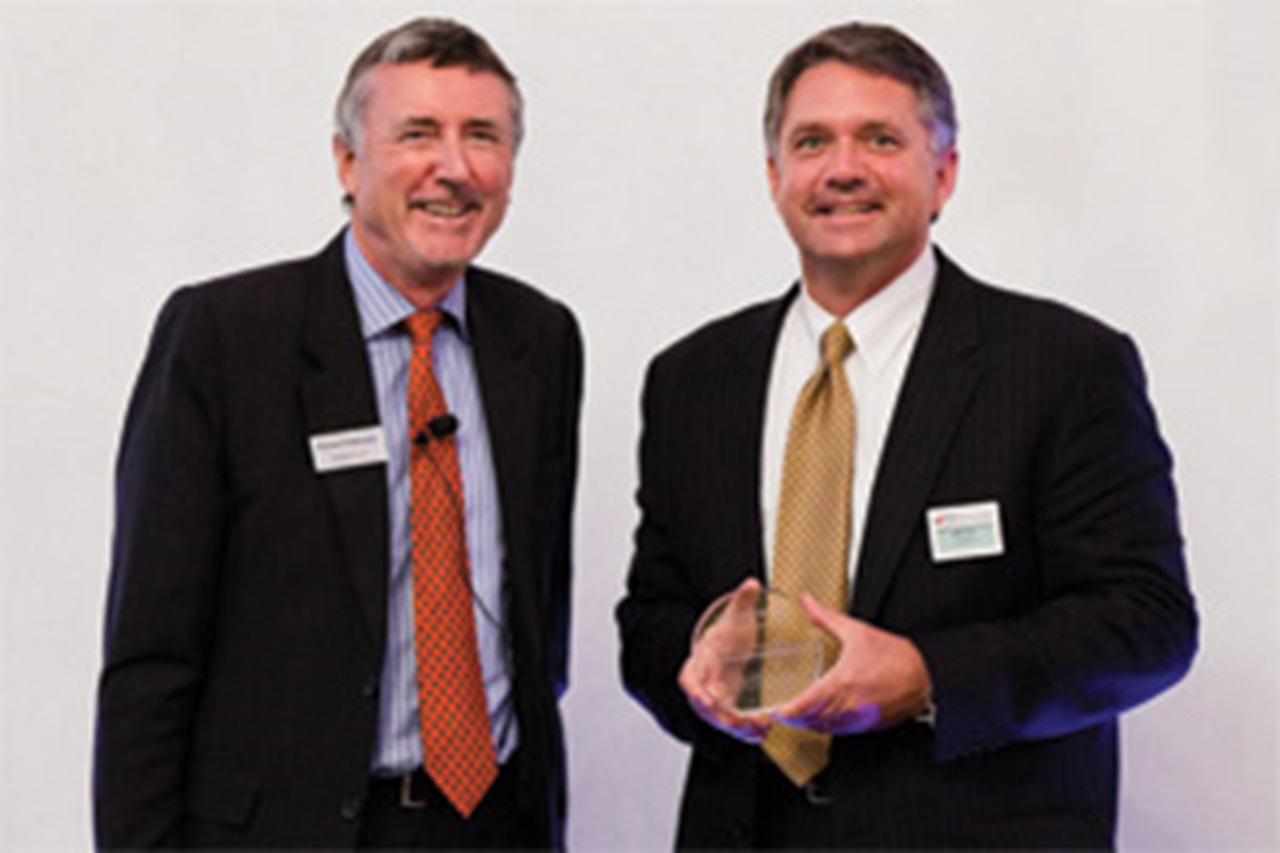
Honeywell Treasury is pioneering with this outsourcing solution. It has appointed SunGard to host its mission critical Treasury Workstation Application and its business sensitive database, taking advantage of the latest Cloud technology. In doing so, Honeywell moved to a secure, stable environment and achieved up to 800% improvement in response time on system outages. Business Continuity and Disaster Recovery improved by 200%. Honeywell also expects to reach Six Sigma on System Up-time.
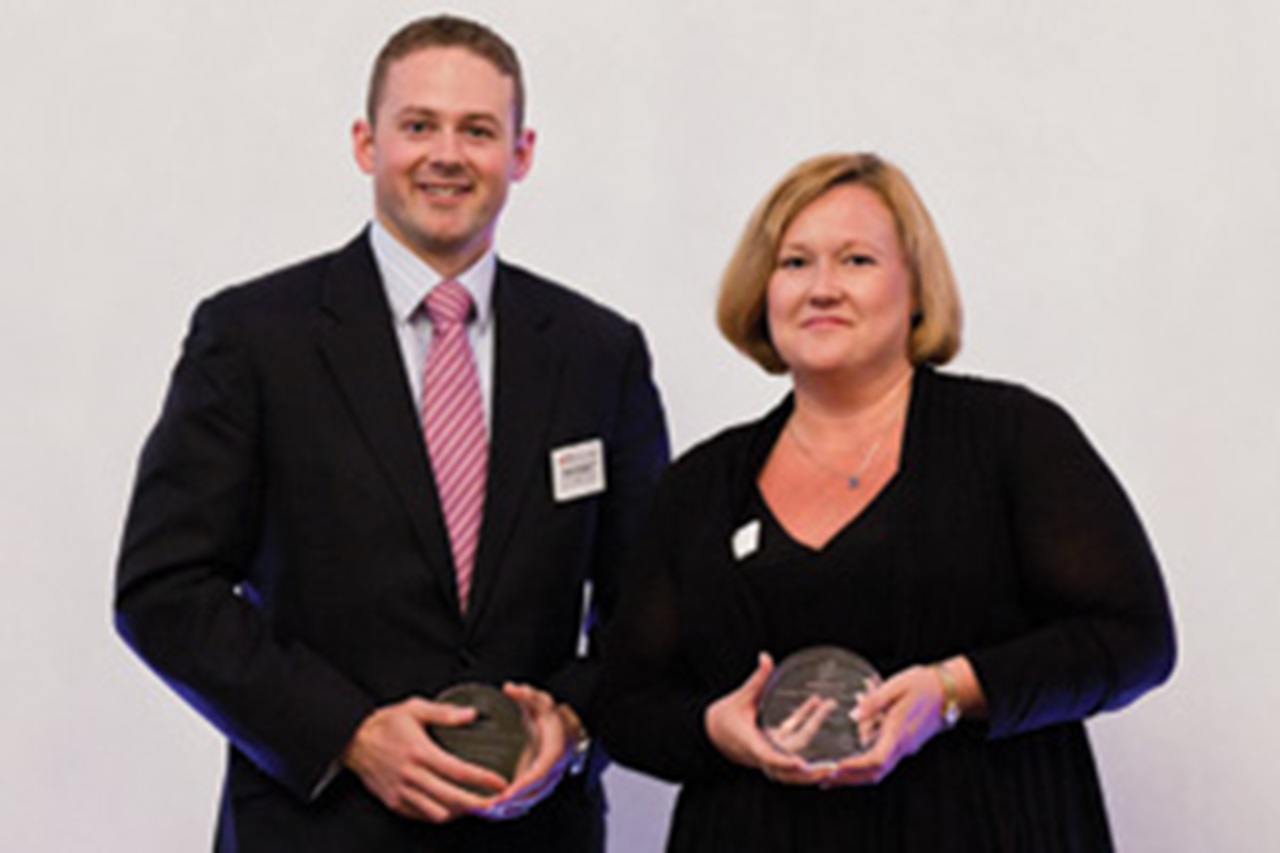

This is a Citi solution for Ericsson’s global travel and expenses (T&E) cards programme. Benefits include greater visibility and control, and Ericsson, who are present in 175 countries globally, previously used 60 credit card providers for its T&E requirements. As of March 2011, 33 countries in Asia, Latin America, North America, Europe and Africa are now signed up to the Citi programme.

This impressive debt solution guided Honeywell to issue $1.4 billion of term debt in Q1 2011 with Bank of America, Barclays and Citi as book-runners, comprising $800m 4.25% notes due 2021 and $600m 5.375% notes due 2041. Honeywell’s weighted average cost of total fixed rate debt reduced from 5.6% at the end of 2009 to 5.1% at the end of Q1 2011. During this same period, Honeywell’s debt maturity profile was extended from nine years to 12 years.
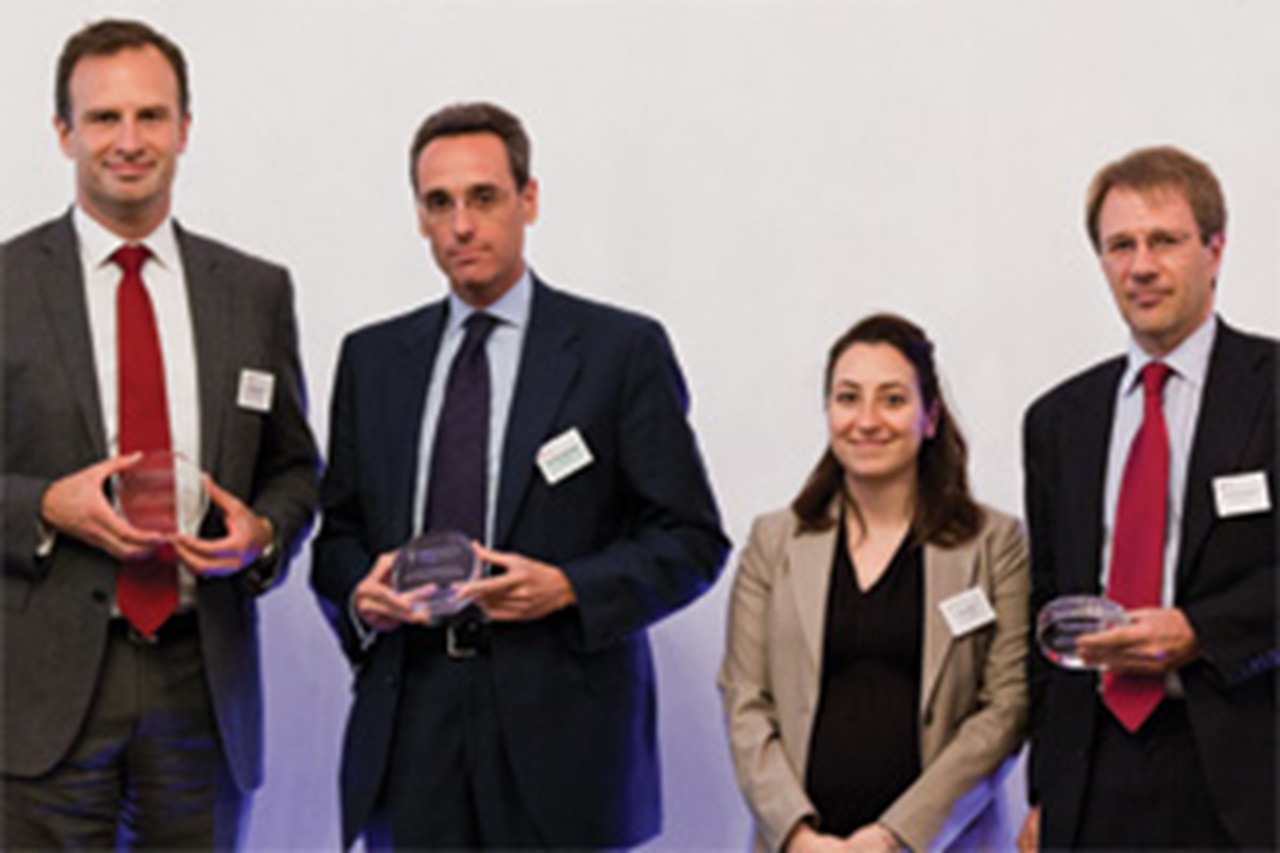

Citi and Deutsche Bank worked with Abengoa and the Exportkreditnämnden (EKN), the Swedish export credit agency, to provide this highly attractive EUR-based financing. In line with Abengoa’s request, the €300m transaction was completed within a very tight time frame and the framework agreement expires in 2022.
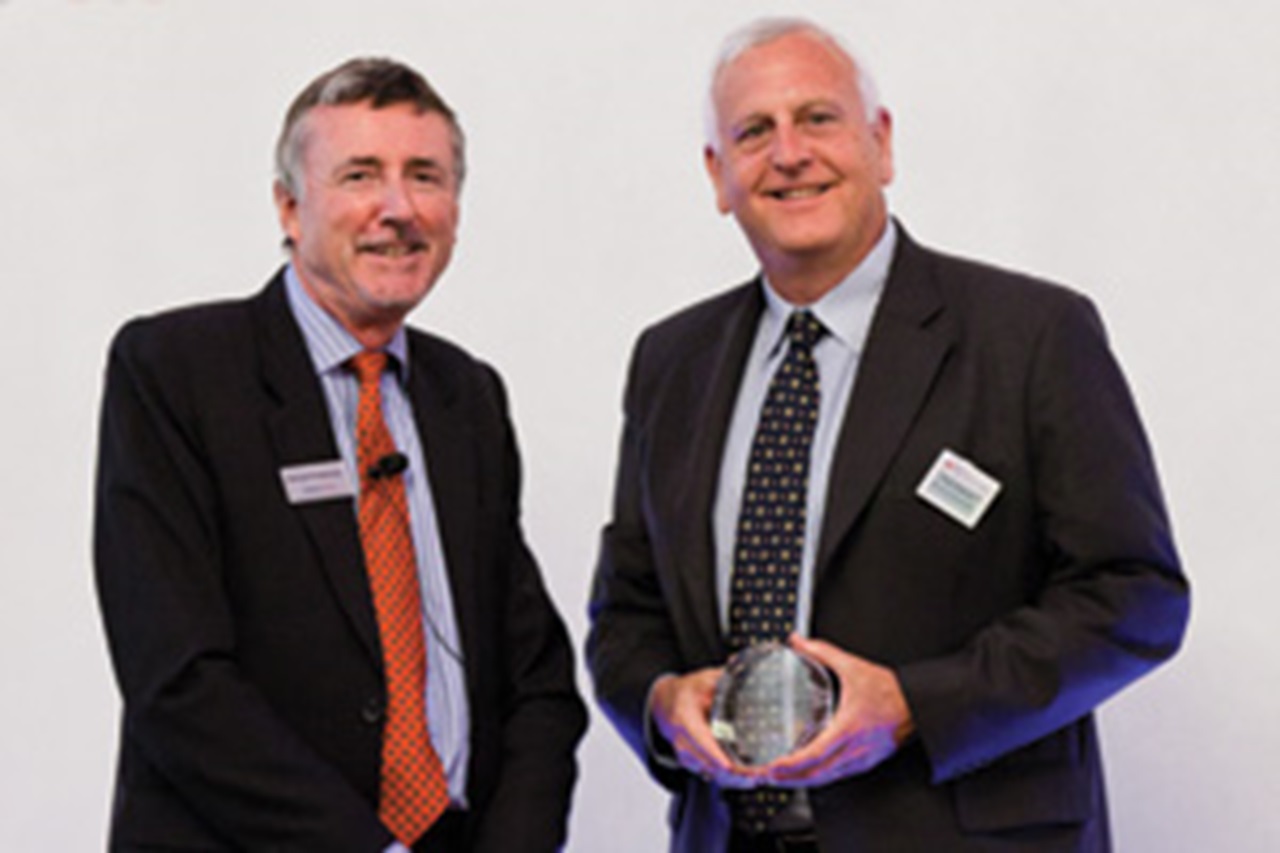

Brocade Treasury did more than implement an FX risk management programme. It initiated and implemented a transformation programme to revamp its FX-related business processes and ownership. The sheer scope and magnitude of the transformation spanned strategically to tactically re-engineering business programmes and cross-functional processes to major technical treasury and systems improvements.
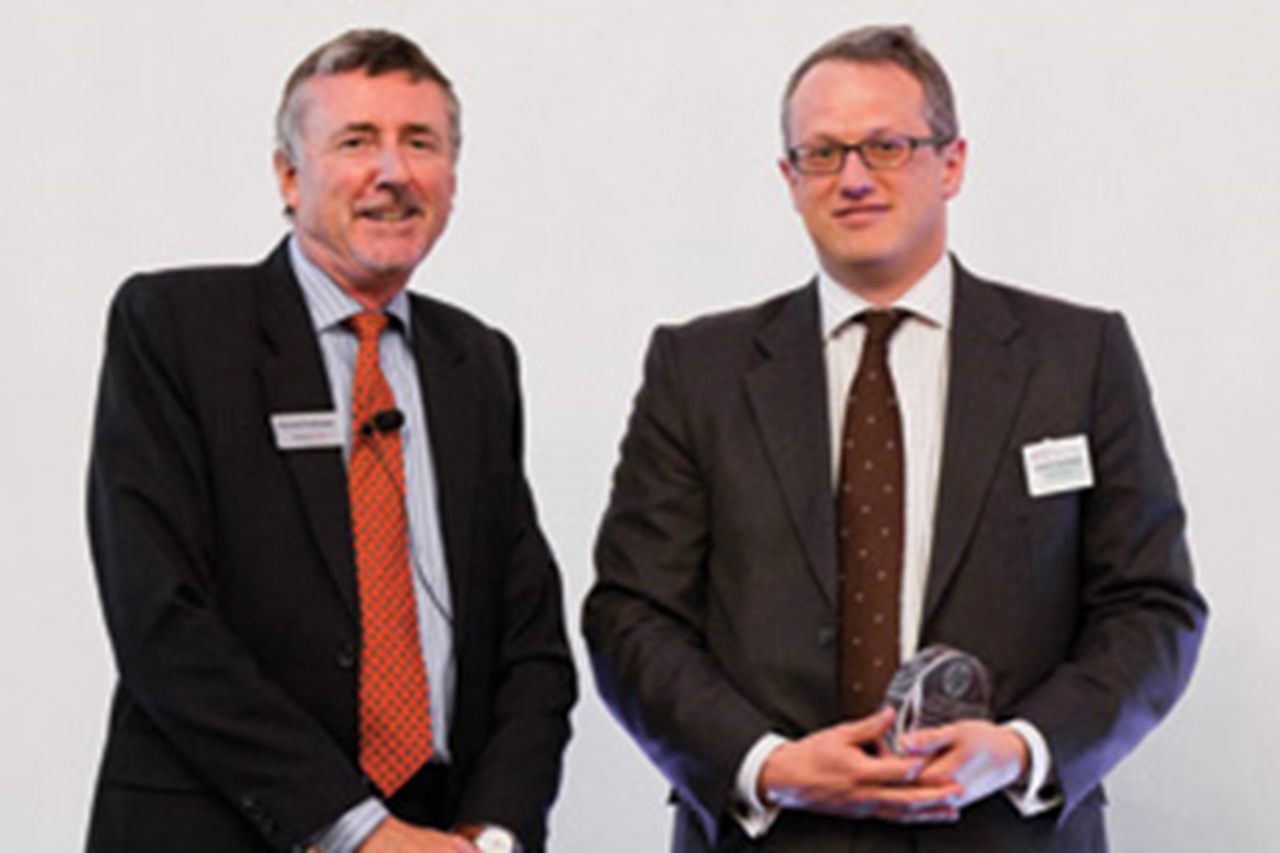

This solution was the result of a collaborative effort between two Treasury departments to benefit the company by optimising insurance purchase decisions. The objective was to leverage the quantitative risk assessment capability developed as part of Hewlett-Packard’s Enterprise Risk Management (ERM) programme.
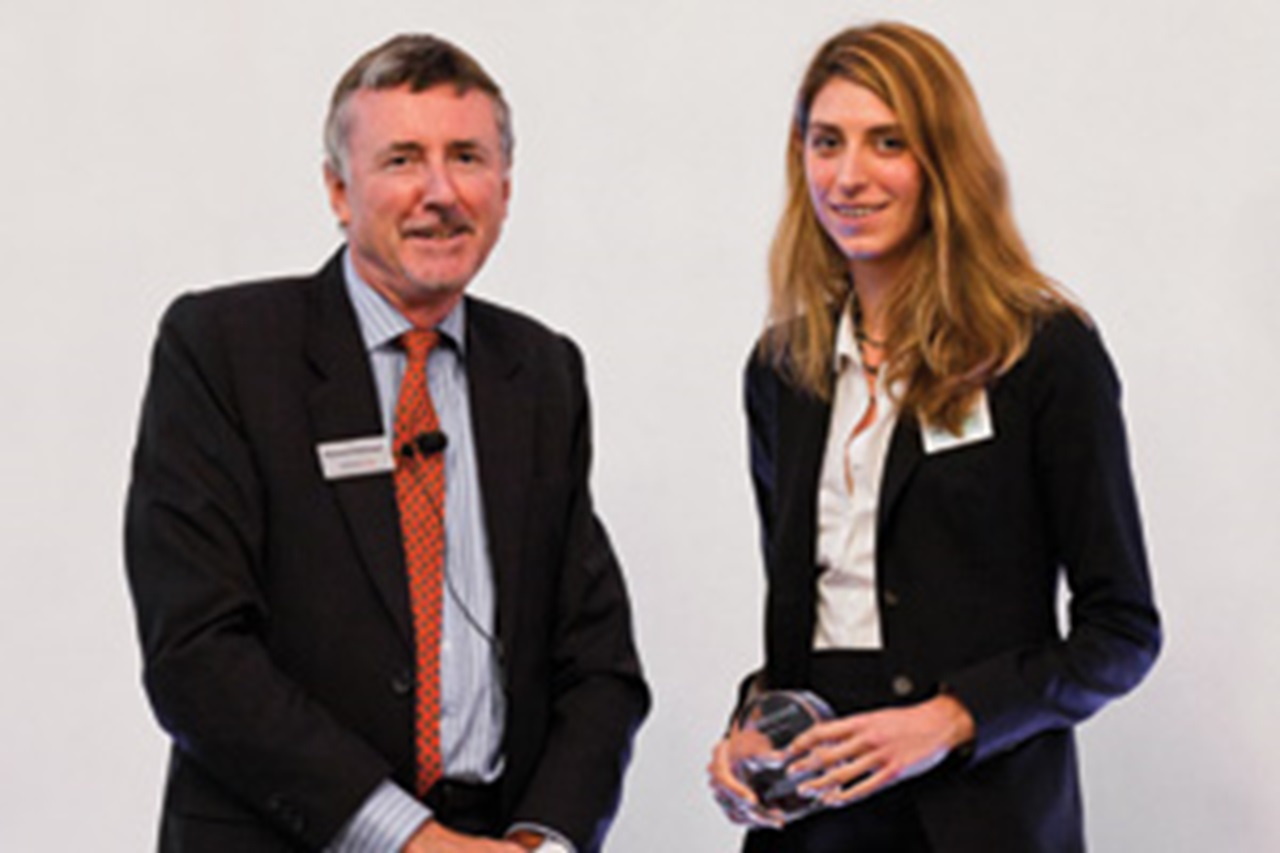
In an effort to minimise its interest payments and apply risk limits on future EPS volatility, Honeywell has developed and executed an impressive strategy to manage the interest rate risk on its $7.6 billion debt.
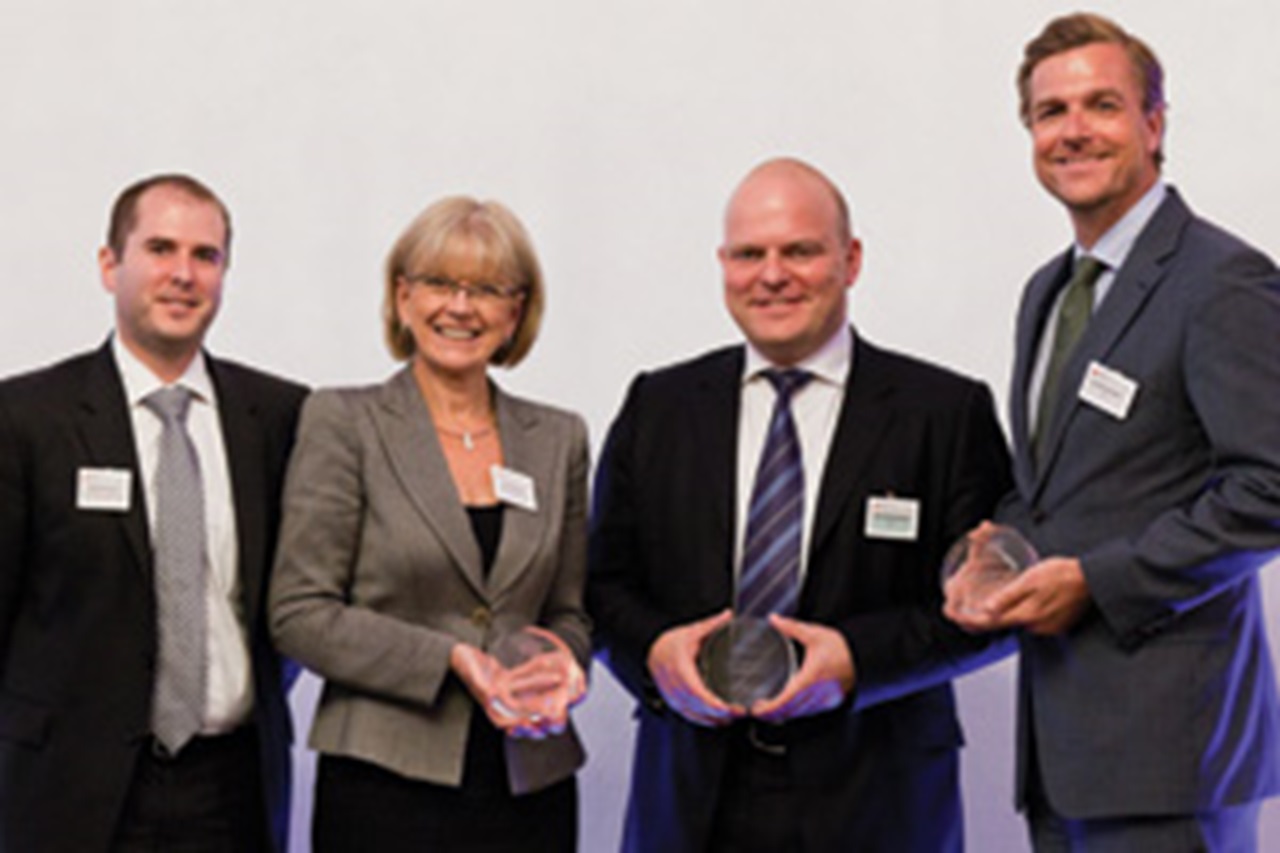

In only a few months, the LEGO treasury has rationalised its banking providers, centralised treasury operations, implemented an in-house bank and enhanced its technology environment considerably. The company demonstrates best-in-class cash management and payment processes typically associated with much larger companies, creating a framework for future growth and continued competitive advantage.


Starting from an environment comprising almost 400 bank accounts across more than 50 banks, Brady Corporation were experiencing both counterparty and operational risk, not to mention high costs and inefficiencies. Their response was to launch an enterprise-wide finance performance optimisation initiative with a view to eradicating some of this complexity and inefficiencies.
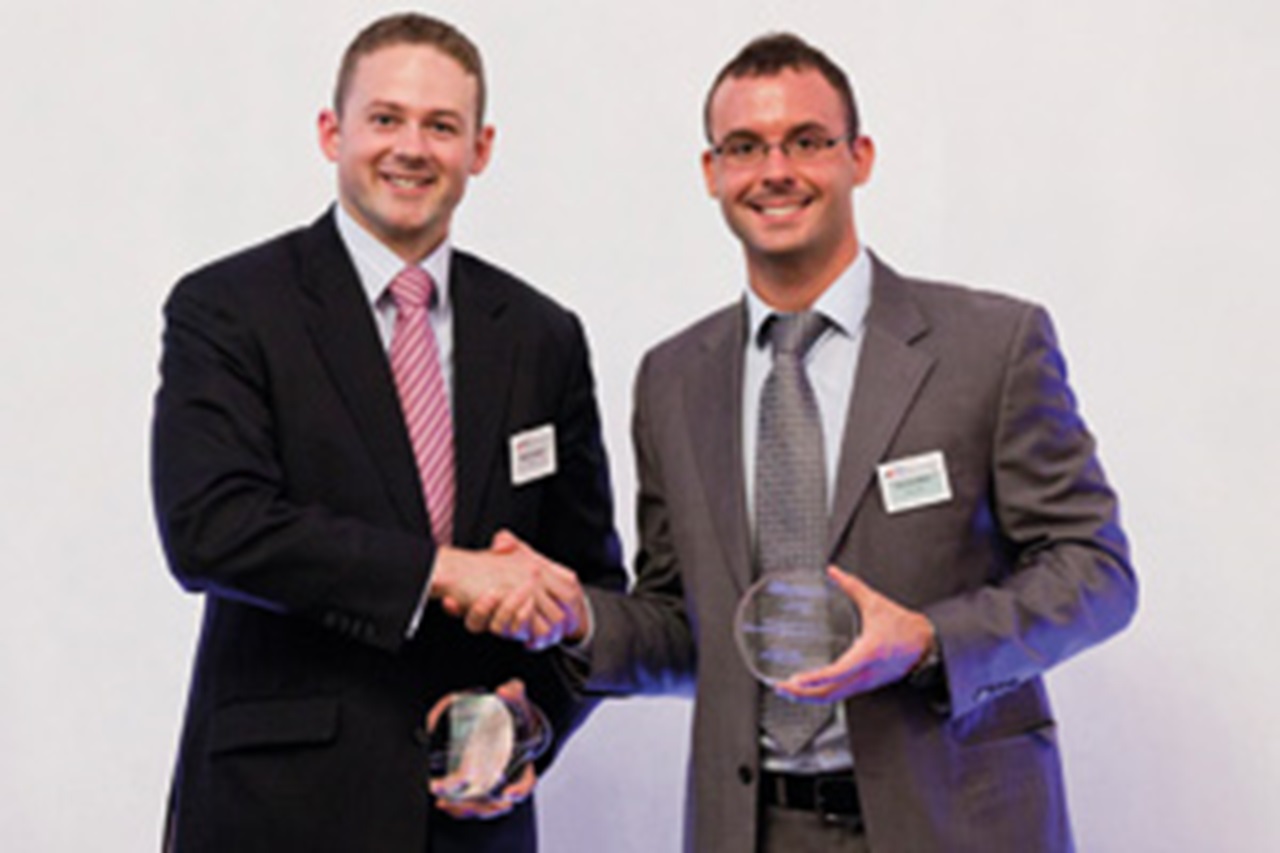

Microsoft has more than 800 bank accounts in 110 countries for 230 legal entities. The company chose to participate in a pilot programme that uses Citibank’s eBAM solution. There are currently more than 160 accounts uploaded to the portal and by the end of May 2011, the company expects to use the Citibank tool to process signer changes and account closures for more than 230 accounts in 19 countries.


Google has developed a suite of automated interfaces which allow the treasury a global view of its commercial paper and currency options. These interfaces provide a seamless integrated system connecting the treasury workstation to the bank and ERP system.
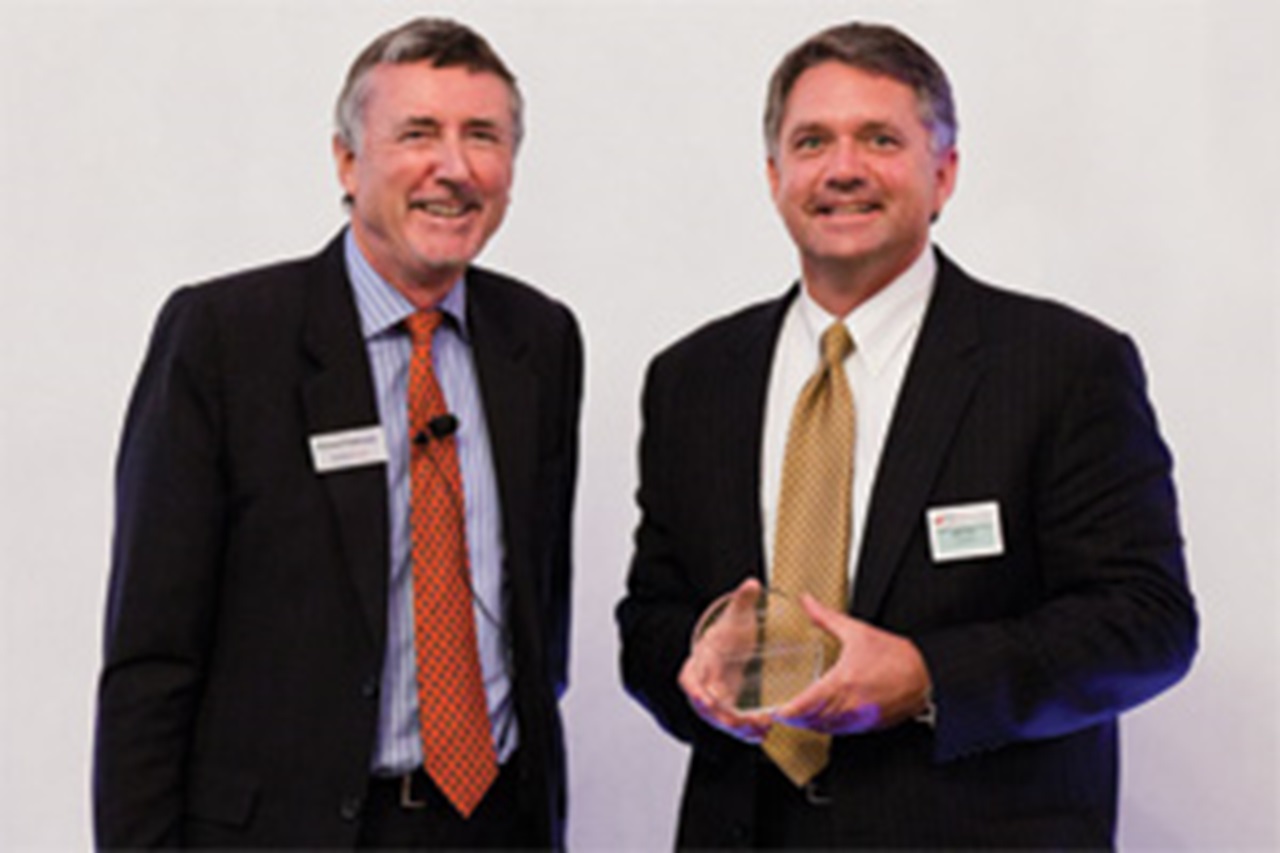
The Honeywell treasury team decided on SunGard’s AvantGard Treasury solution in a hosted environment to satisfy its requirements. The solution delivers advanced technology that is helping to drive integration, automation and visibility, while at the same time utilising tools to manage risk and maximise liquidity. One of the biggest benefits is that senior management has gained increased control and visibility with consolidated global reporting and the ability to create on demand reports.
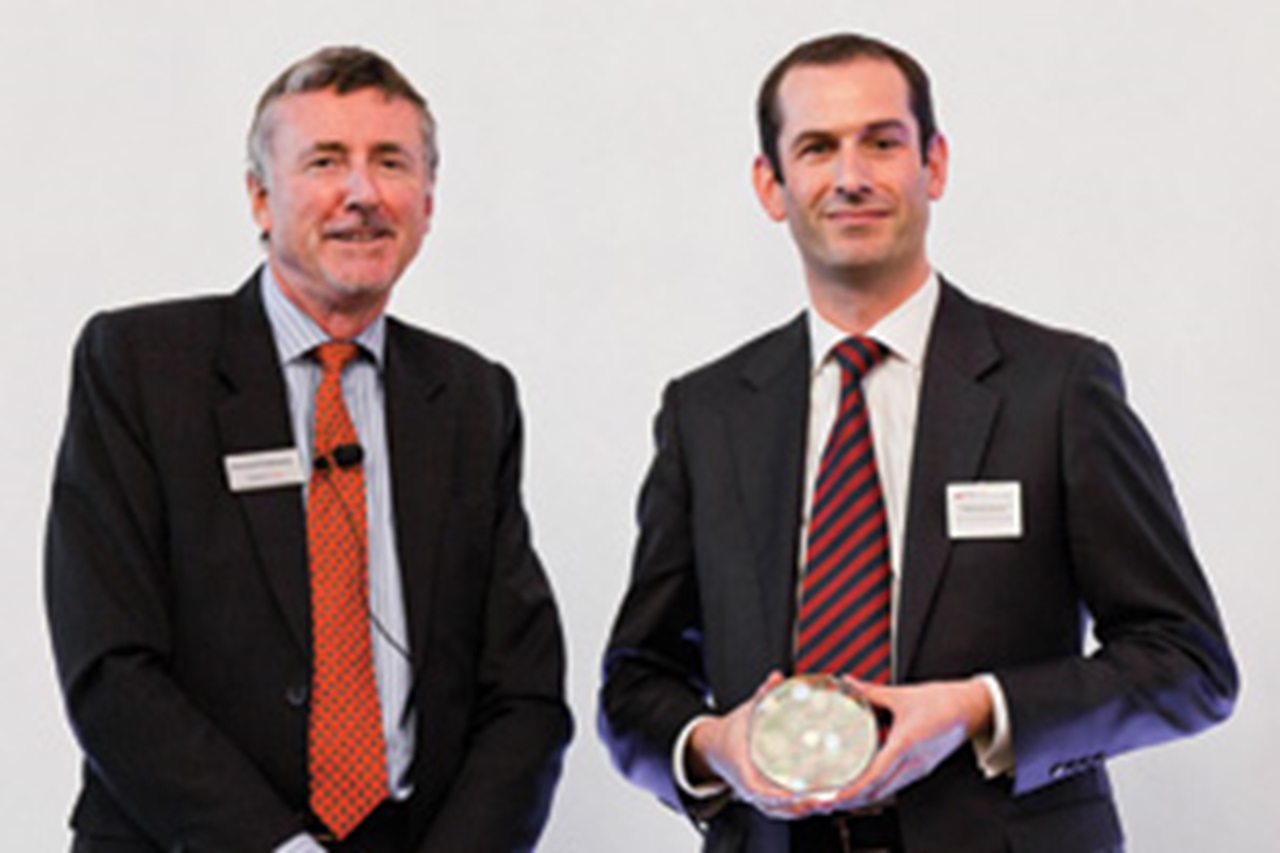

This solution relates to a recent transaction involving the need to confirm an $11.2m Letter of Credit for Nokia Siemens exporting to Vietnam. The risk associated with such a transaction was over and above what most banks are comfortable with taking on in an emerging market economy such as Vietnam. In addition, the Letter of Credit wasn’t a straightforward payment instrument, as it involved multiple drawings and payment terms which were linked to performance milestones.
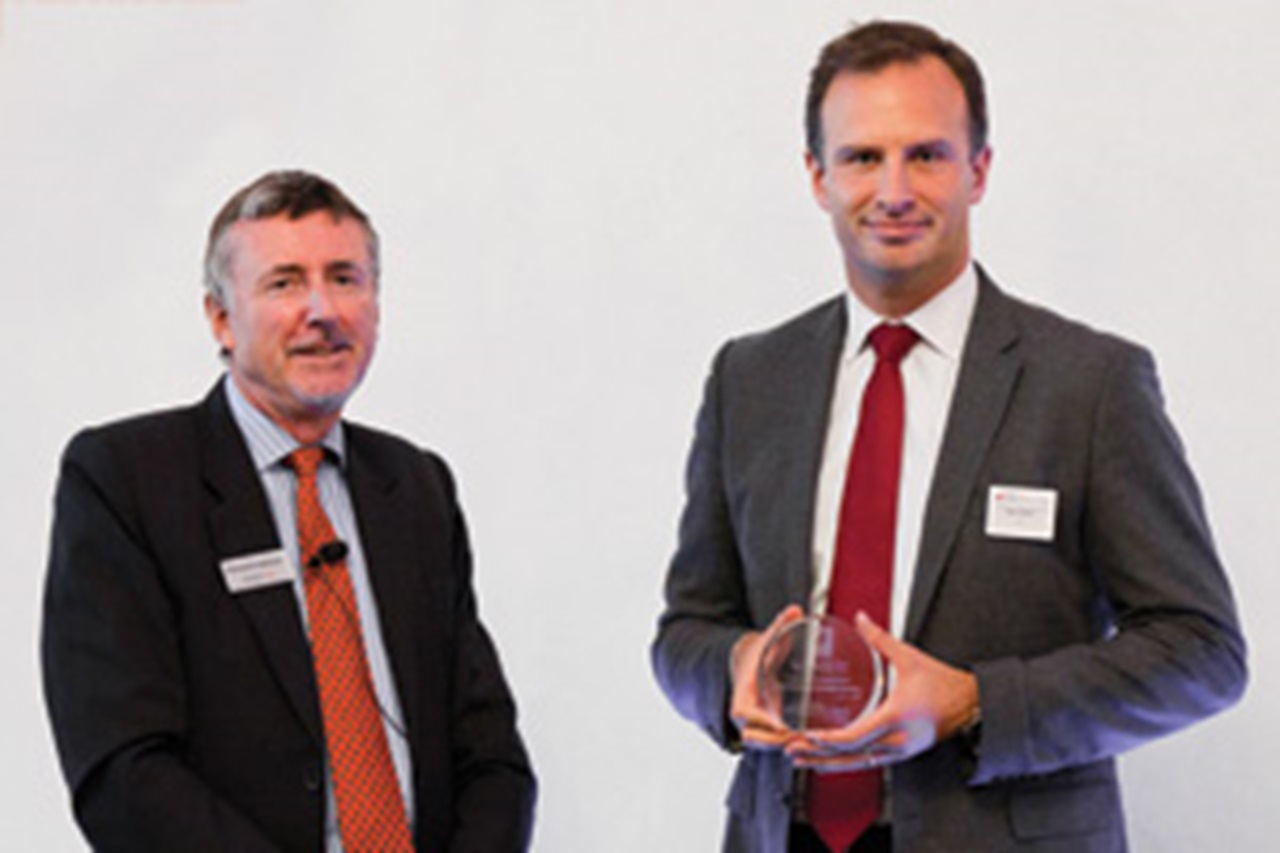

PetroVietnam’s goal was to find affordable, long-term financing for its Nhon Trach 2 plant, a project that is key to the company as well as to national planning objectives. Citi Bank, led by the Export and Agency Finance division, completed the $470m debt financing arrangement. Supported by Euler Hermes Kreditversicherungs AG (Hermes) and Nippon Export and Investment Insurance (NEXI), the deal is a reflection of the willingness of agencies to support large projects of critical national importance to Vietnam.


Amway’s biggest challenge was its working capital management, including receivables and sales incentive payments management. Receivables are collected from millions of individual sales people located across the country. Payments from sales people are collected by 252 Amway shops which hold over 380 bank accounts with local bank branches. The solution addresses collections speed, visibility and control of the funds, liquidity centralisation and accounts receivables (AR) reconciliation.
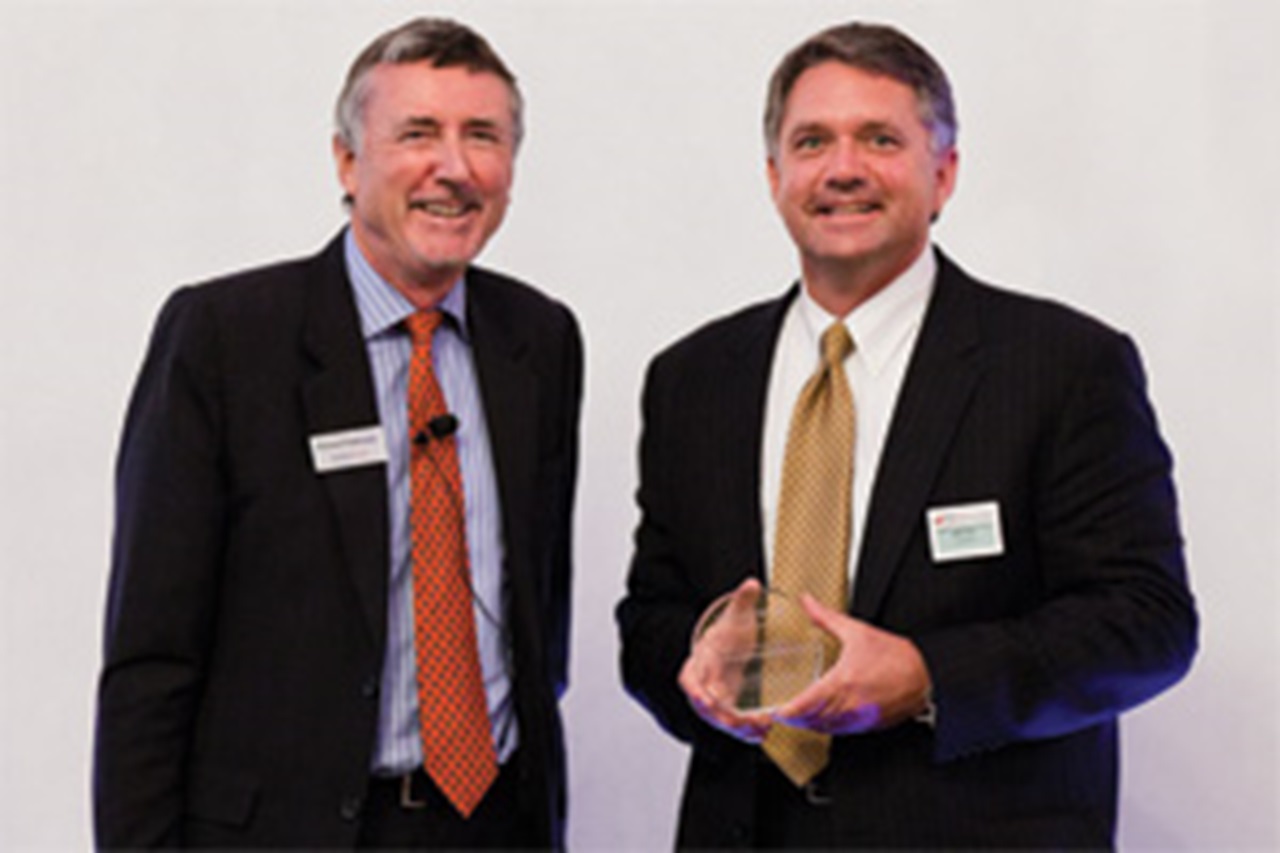
Honeywell’s pension plans felt the force of the global recession. The company incurred significant losses to the asset values of its defined benefit scheme (DBS), and the lower interest rate environment that ensued adversely affected the deficit levels of its many defined benefit pension schemes. Honeywell has large number of these DBS plans, with a combined projected benefit obligation of approximately $19 billion. To improve the transparency of the business operating results, Honeywell were the first to adopt a new, innovative approach to pension accounting referred to as the Mark-to-Market (MTM) accounting model.
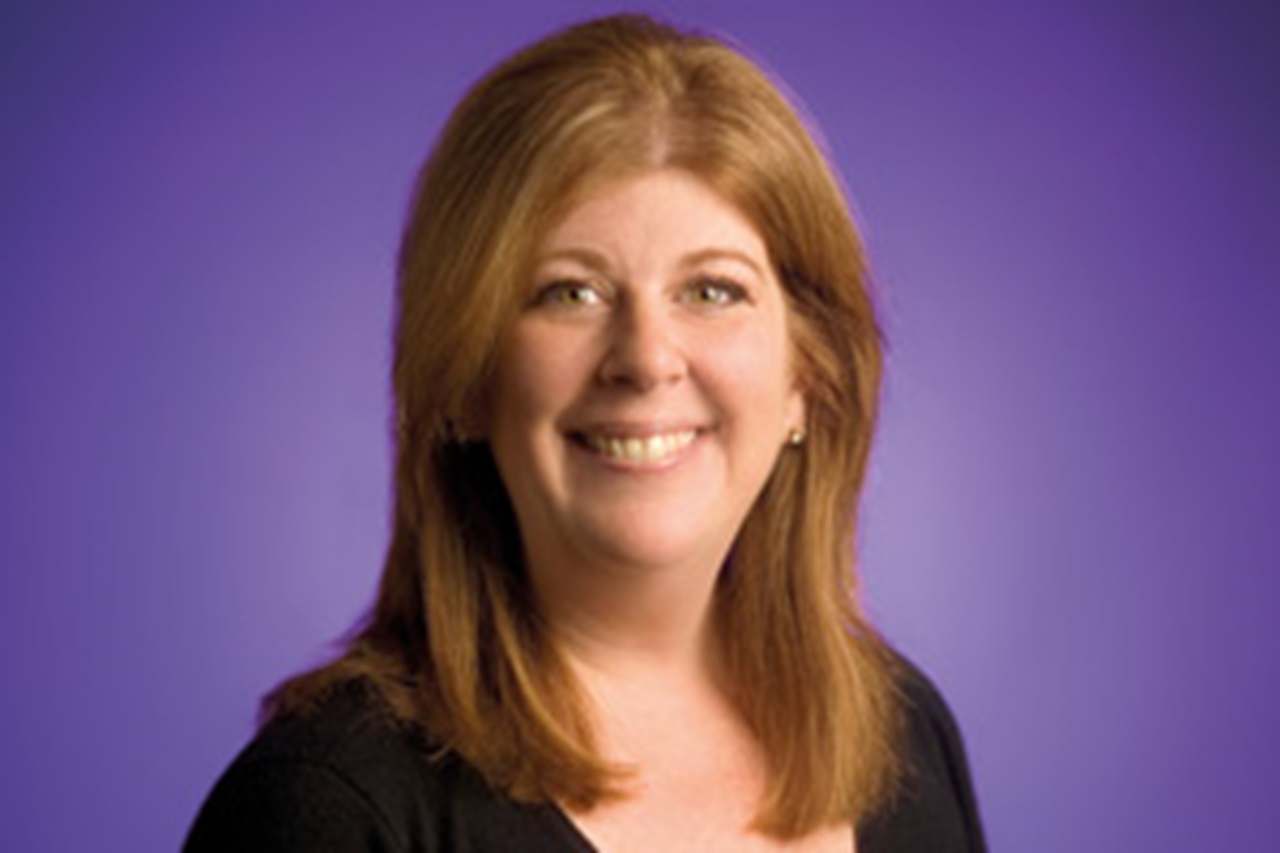

Scattered data, extensive manual work, speed of process, and inconsistencies were some of the key challenges the Google treasury department faced when it came to build a cash flow forecast model. Google’s solution to these problems is innovative and efficient.